
Top 10 Most Livable Cities in the World
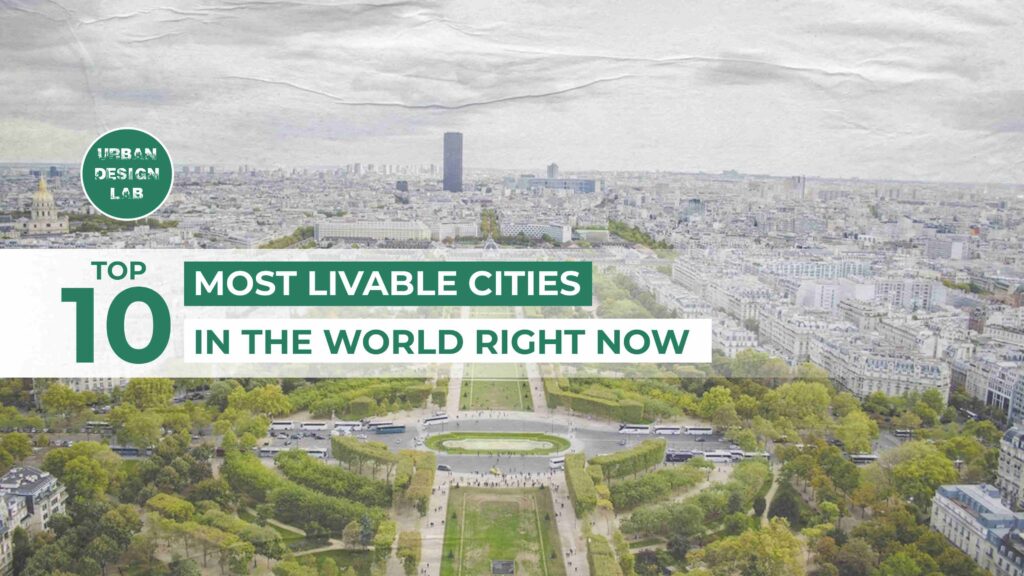
As global cities navigate mounting climate challenges, economic shifts, and rising migration, the question of what makes a place truly livable has become central to the urban design discourse. This article investigates the Top 10 Most Livable Cities in the World Right Now based on the latest rankings, while unpacking the deeper factors that shape urban quality of life beyond the surface.
Drawing from expert frameworks, the article begins by defining livability through dimensions such as stability, healthcare, infrastructure, education, environmental quality, and cultural vibrancy. It then profiles this year’s leading cities—many of them in Europe and the Asia-Pacific—highlighting the urban policies, design strategies, and governance models that support their livability status.
The piece also identifies broader regional patterns, such as why cities in the U.S. continue to fall short, and what lessons can be learned from consistently top-performing cities. Resident perspectives add a human dimension, revealing what day-to-day life is like in these urban environments.
Beyond rankings, the article critically assesses what traditional livability metrics often miss—affordability, inclusivity, and resilience. It concludes by examining how today’s most livable cities offer a blueprint for future-ready, people-centered urban design that prioritizes long-term wellbeing over short-term appeal.
Why Livability Is the Defining Urban Issue of Our Time
As cities face mounting climate threats, housing instability, and global demographic shifts, livability has become a key indicator of how well urban environments can withstand and adapt to complex challenges. It measures not only how cities function under normal conditions — but how they respond to disruption, and whether they center people in the process.
Over the past decade, the meaning of “livability” has evolved. It now encapsulates a broader spectrum of urban experience: not just clean air or good healthcare, but affordability, mental well-being, accessibility, and the right to feel safe and seen. This evolution forces urban design to confront more critical questions: Who truly benefits from our cities? Who gets left behind? And how do we define resilience in a way that includes everyone?
For urbanists, planners, and policymakers, livability is no longer a soft metric — it’s a critical design and governance benchmark. The cities that score high today are often those that have invested in long-term social infrastructure, reimagined mobility, and prioritized public space over private profit. As livability becomes central to urban competition and civic identity, understanding what drives it — and where it’s falling short — is more urgent than ever.
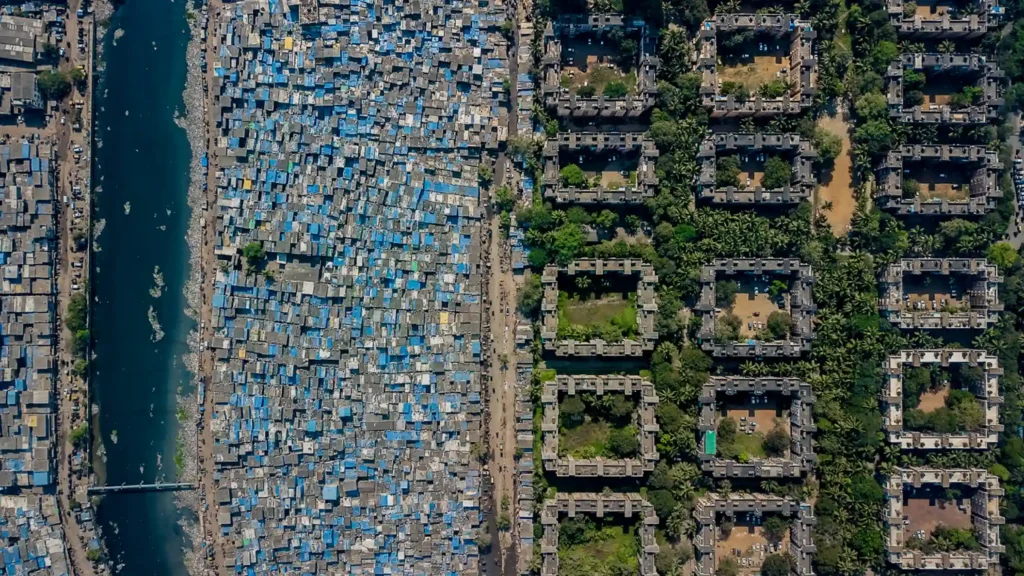
What Makes a City Livable? (According to the Experts)
Livability isn’t just about aesthetics or prestige — it’s grounded in a multidimensional set of criteria that urban experts and global indexes use to evaluate the quality of urban life. The most referenced sources, such as the Economist Intelligence Unit’s Global Livability Index, Mercer’s Quality of Living Survey, and Monocle’s Livable Cities Index, typically assess factors including:
- Stability and safety
- Healthcare quality and accessibility
- Environmental quality and climate resilience
- Infrastructure and public transport
- Education systems
- Cultural offerings and recreation
- Affordability and housing
- Social equity and governance
Yet beyond the metrics, urban researchers emphasize subjective livability — how cities feel to the people who live there. Urban theorist Jan Gehl often argues that livability comes down to how cities support everyday life: Can people walk, rest, socialize, and feel secure? Are public spaces inclusive and engaging?
Livability, then, isn’t just a technical checklist — it’s a lived experience. It’s where policy meets pavement, where zoning shapes access, and where design becomes democracy. Understanding these layers is essential before diving into the world’s current top performers.
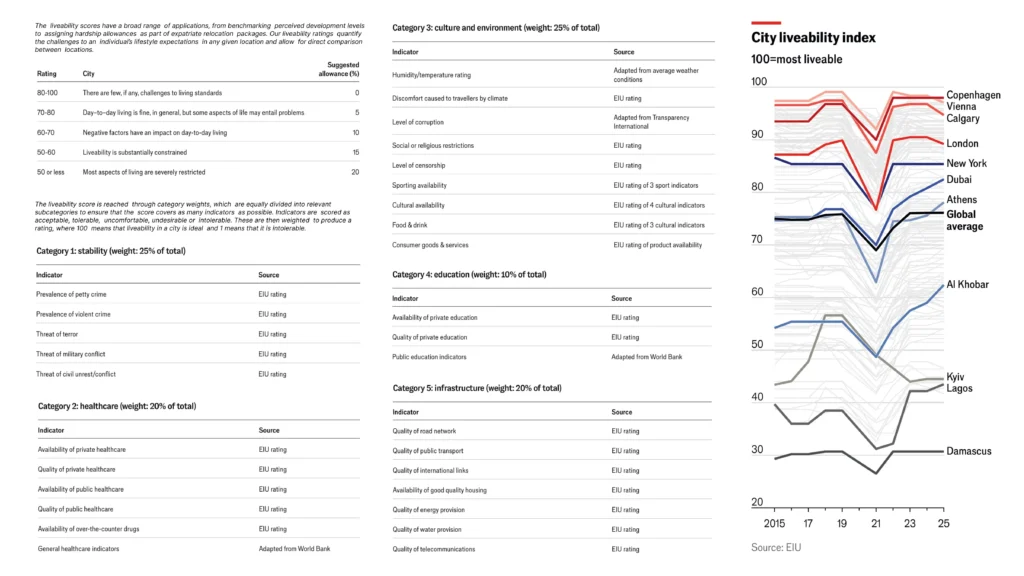
Source: Website Link
Top 10 Most Livable Cities in the World Right Now
Drawing from the 2025 Global Livability Index by The Economist Intelligence Unit (EIU) — one of the most comprehensive annual surveys of urban quality — the top ten most livable cities this year are:
- Vienna, Austria
World-class infrastructure, affordable housing, and a vibrant cultural life. - Copenhagen, Denmark
Sustainability pioneer with a high walkability score and strong civic trust. - Zurich, Switzerland
Financial hub with excellent healthcare and spotless public transport. - Melbourne, Australia
A creative city with rich multiculturalism and robust education systems. - Calgary, Canada
Strong political stability, minimal crime rates, and exceptional proximity to natural landscapes. - Geneva, Switzerland
Global diplomacy center with strong environmental policies. - Sydney, Australia
Strong healthcare, iconic urban waterfronts, and inclusive policies. - Vancouver, Canada
Culturally rich, environmentally forward-thinking, and regularly recognized for outstanding livability. - Osaka, Japan
Efficient, clean, and culturally rich with a strong safety record. - Auckland, New Zealand
A balance of nature, urban design, and social equity.
Each city ranked high not just on technical benchmarks but on how well they support daily life — from commute to community.
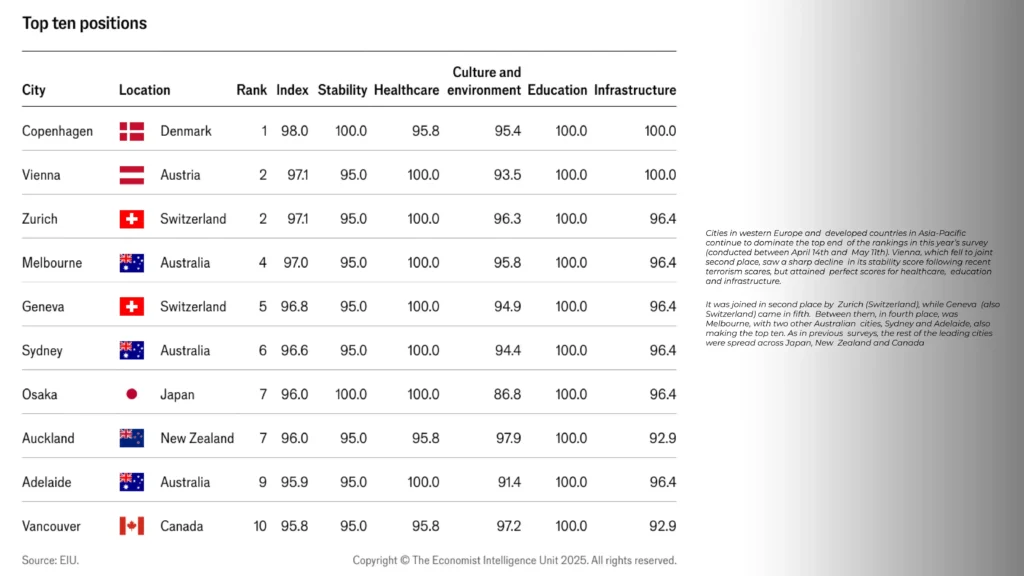
Global Distribution of Livability: Who’s Leading and Why
A quick glance at the 2025 rankings reveals a geographic pattern: Europe and Oceania dominate the livability landscape. Cities like Vienna, Zurich, and Copenhagen benefit from decades of investment in social infrastructure, strong governance, and citizen-centered urban design. These cities prioritize public health, accessible transit, and environmental sustainability — factors that consistently push them to the top.
Australia and Canada maintain their stronghold with cities such as Melbourne, Sydney, Calgary, and Vancouver. What they share: mid-rise density, proximity to nature, and a robust focus on civic wellbeing. Their planning cultures tend to value human scale, green mobility, and inclusive public services.
In Asia, Osaka represents a rising standard — excelling in safety, cleanliness, and transit. Yet most megacities in the region still face structural challenges like congestion, pollution, and housing affordability that affect their livability scores.
Noticeably absent are entries from the U.S., South America, and Africa. The reasons are layered: sprawling urban forms, systemic inequalities, volatile public services, and inadequate investments in long-term urban resilience all play a role.
Livability isn’t evenly distributed — and these regional contrasts spotlight how policy, planning, and social contracts shape the everyday quality of urban life.
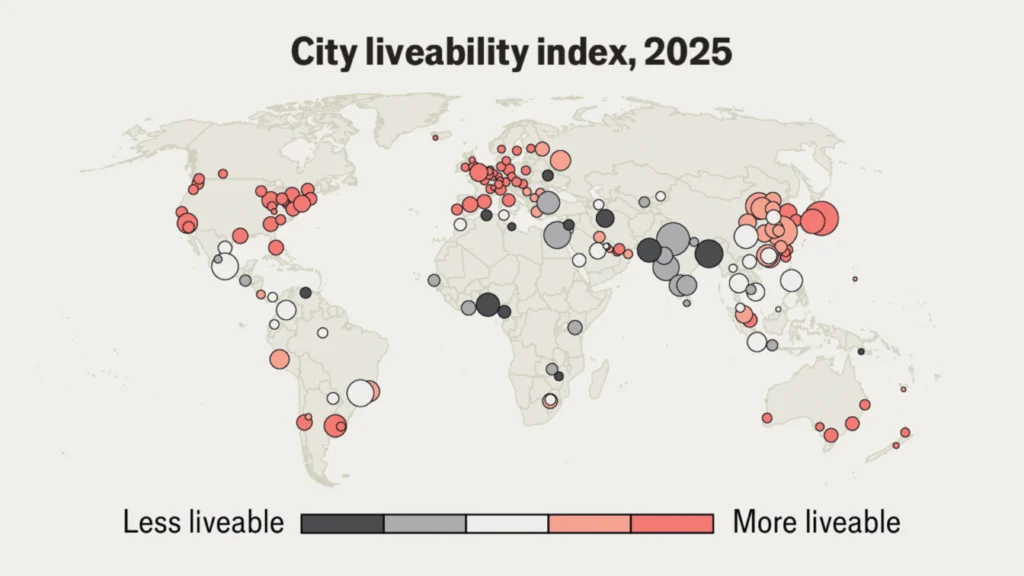
Why These Cities Thrive: Urban Design, Policy & Public Good
So, what’s the secret sauce behind the world’s most livable cities? It’s not just clean parks and punctual trains — though those help. The real differentiator lies in how cities intentionally design for people, not just profit.
Take Vienna: its affordable public housing system isn’t just a social policy — it’s a design choice that ensures equitable access to the urban core. Copenhagen leads by example with bike-first infrastructure, proving that mobility can be sustainable and joyful. Melbourne’s green corridors and open public spaces aren’t accidental either — they’re a result of long-term ecological urbanism.
Across the board, top-performing cities invest in what urbanists call the public good: accessible healthcare, education, and cultural life. They also tend to adopt data-driven governance, regularly tweaking policy based on feedback, not ideology. And crucially, these cities design with resilience in mind. Whether it’s climate-adaptive architecture or flood-resistant transit systems, thriving cities look ahead — not just around.
Livability is built, not wished for. And the best cities know that strong design + smart policy = a high-quality life that lasts.
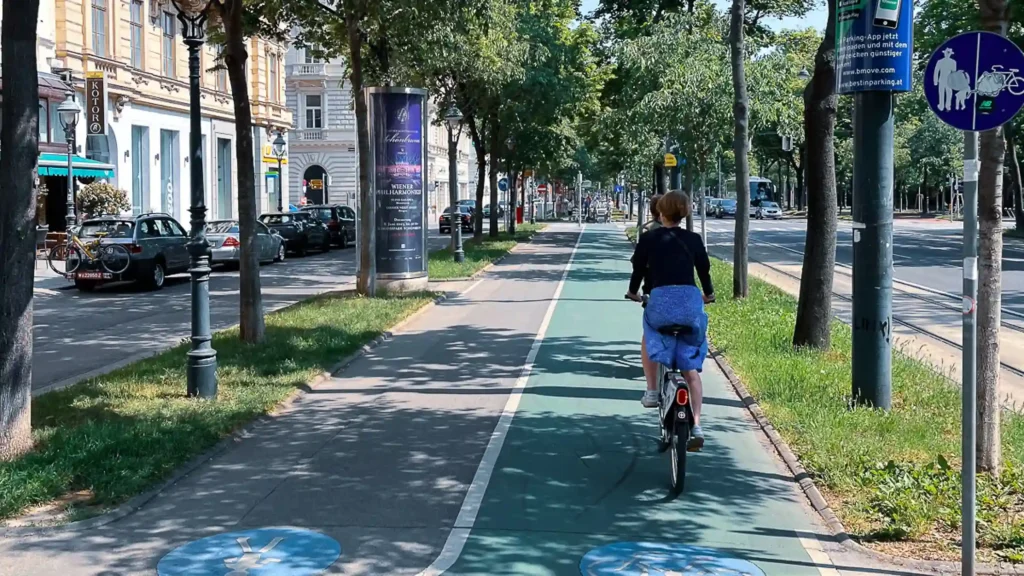
The U.S. Livability Gap: What’s Holding America Back?
Despite its wealth and innovation, no American city cracked the top 10 of this year’s global livability rankings — again. Why? The answer isn’t just about potholes or pricey rent. It’s structural. American cities often suffer from car-dependent sprawl, making walkability, public transit, and community cohesion difficult to sustain. The absence of universal healthcare and skyrocketing housing costs create a baseline of stress that directly impacts quality of life. Even cities with vibrant culture and economic opportunity — like San Francisco or New York — are weighed down by inequality, segregation, and aging infrastructure.
Many U.S. metros also lag in public investment. Parks, libraries, transit systems, and social housing are treated as budget liabilities rather than essential urban assets. Compare that with cities like Zurich or Vienna, where the public realm is a civic priority, not a market afterthought.
There’s also a policy disconnect: American urban planning often prioritizes short-term growth over long-term livability. The result? Cities that work well for business, but not always for the people living in them. Until the U.S. rethinks how it builds and governs its cities, it’s likely to remain an urban superpower with a livability blind spot.
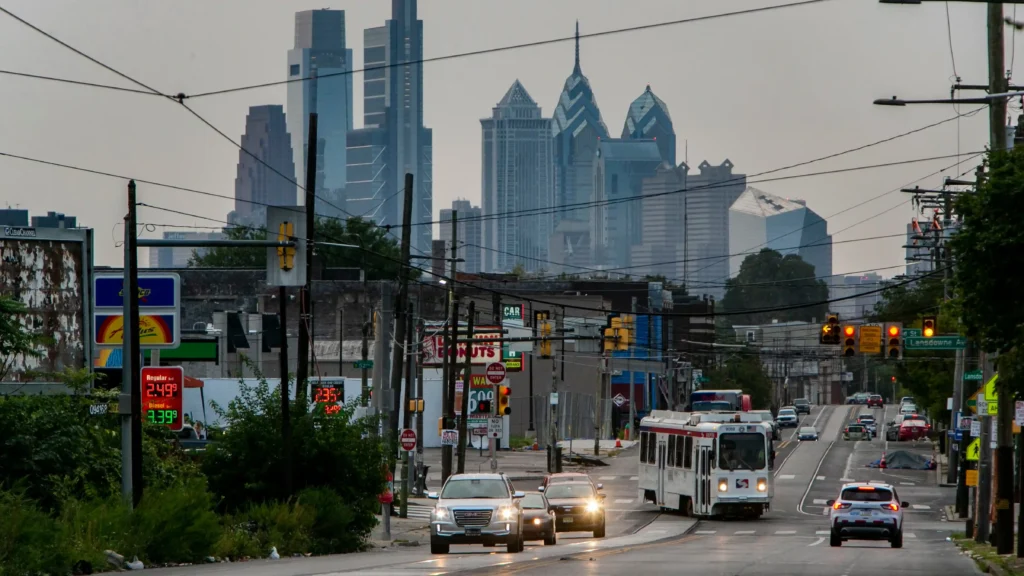
Inside Livability: Voices from the World’s Top Cities
What does livability actually feel like on the ground? Behind every ranking is a city full of lived experiences — and that’s where the story gets real. In Copenhagen, urban planner Lasse Schelde highlights how cycling allows people to interact freely with the city — to pause, explore, and enjoy its everyday rhythms. That kind of freedom comes naturally in a city that actually makes space for people, not just cars.
In Zurich, a resident shares how the city’s atmosphere provides a strong sense of personal security — even when walking alone at night — something that’s still a privilege, especially for women, in many parts of the world.
In Melbourne, residents often point to public green spaces, vibrant local festivals, and a deeply ingrained culture of inclusion as the source of everyday joy. And in Osaka, even routine errands — from hopping on the subway to grabbing a snack — are made delightful by world-class service and subtle warmth.
These stories go beyond the numbers. They remind us that livability isn’t just about metrics — it’s about the moments that make a city feel human.
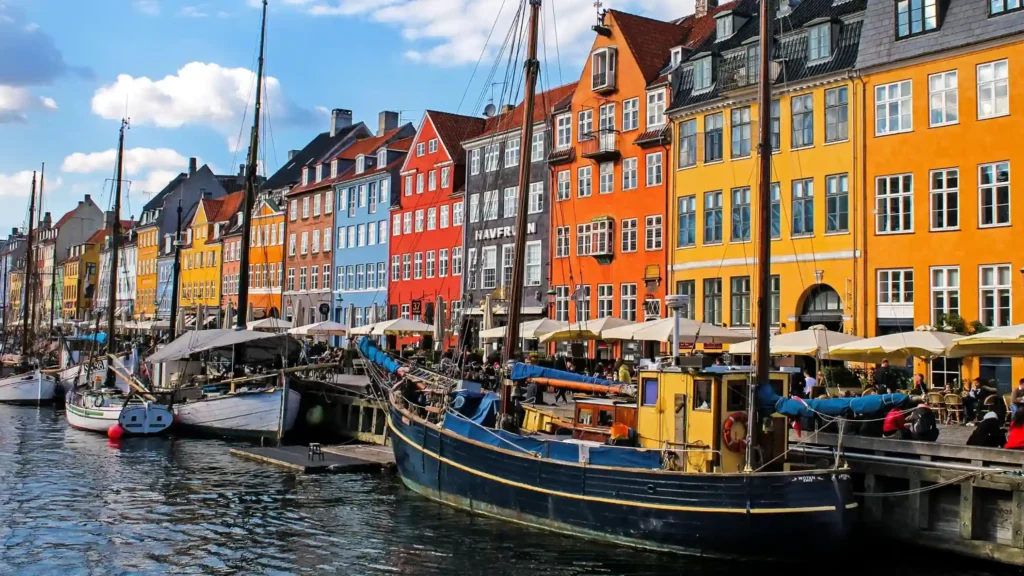
What the Rankings Don’t Tell You
Livability rankings are often seen as ultimate markers of urban success. But behind the glossy numbers lies a more complicated reality. Indices like those from The Economist Intelligence Unit or Mercer prioritize measurable factors—healthcare, education, infrastructure, political stability—while often overlooking equally vital, less tangible aspects of city life.
Affordability, for instance, is rarely given enough weight. Cities like Zurich and Vancouver may score high on livability, yet remain out of reach for many due to soaring housing costs. Similarly, social inclusion—how cities treat migrants, minorities, or the working class—is frequently left out. A place can be clean and safe but still feel exclusive or alienating.
These rankings often reflect the values of a globally mobile, affluent demographic—not the lived experiences of everyday residents. Issues like gentrification, segregation, or inequitable access to services may go unnoticed and unmeasured.
True livability is not just about polished infrastructure or green parks—it’s about who gets to enjoy them. Until rankings address these blind spots, they’ll remain partial snapshots of urban life, rather than full portraits of what it truly means to thrive in a city.
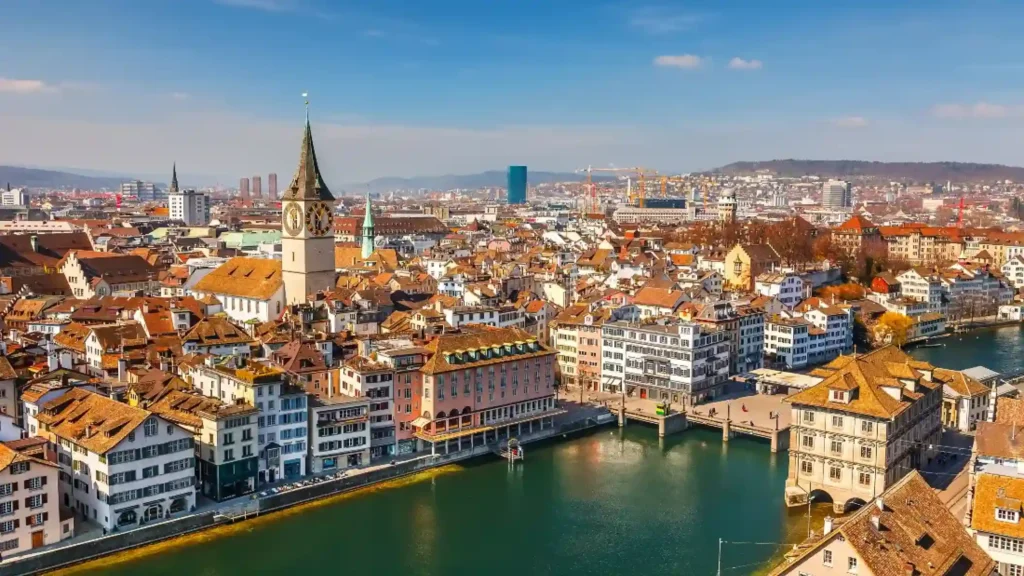
Beyond the Rankings: Planning a Move to a Livable City
Polished rankings and idyllic snapshots of pedestrian promenades and cycling lanes can be irresistibly appealing. But what looks livable on a global index doesn’t always feel livable on the ground—especially for those arriving from elsewhere.
Making the move to a top-ranked “livable” city takes more than just skimming the highlights or glossy reports. Visa policies, language barriers, employment opportunities, housing access, and social integration are just as vital as transit infrastructure or park proximity. A city might rank highly for its public services, but if those services are difficult to access due to bureaucracy or cultural exclusion, the lived experience can be vastly different.
This is especially true for migrants, BIPOC communities, and working-class residents who often face additional hurdles navigating new systems. Livability must be assessed through a personal lens, not just a universal metric. What’s comfortable or empowering for one demographic may be inaccessible or alienating for another.
Before packing up, engage deeply—talk to residents, test short stays, and map your own priorities. Rankings can offer direction, but real livability lies in the details—and in how well a city supports not just the ideal citizen, but the real one.
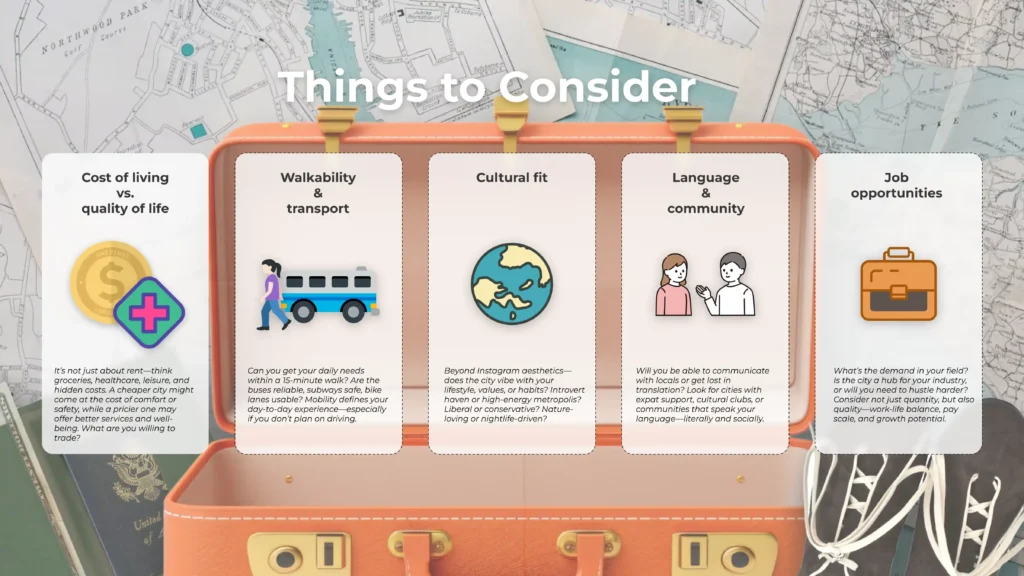
Source: author
What Livable Cities Teach Us About the Future of Urban Design
Livable cities aren’t just nice to live in—they’re roadmaps for the urban futures we urgently need. From Vienna’s housing-first model to Melbourne’s 20-minute neighborhoods, top-ranked cities didn’t stumble into success. They were designed for it.
These cities show us that accessibility, equity, environmental resilience, and human-scale design aren’t utopian ideals—they’re real, actionable goals. With walkable streets, green infrastructure, integrated public services, and people-first planning, their strength lies in governance, community engagement, and long-term public investment.
Crucially, livability is not a luxury. It’s a political decision. Cities that thrive made bold, sustained choices—backed by data, driven by values, and tailored to context.
For urban designers, planners, and policymakers, these cities aren’t just case studies—they’re proof of concept. They show what happens when design serves people before profit, and public interest before private convenience.
The future of urban design doesn’t lie in endless expansion or high-tech spectacle. It lies in building places that work—really work—for the people who live there. The question isn’t whether we can build livable cities. It’s whether we’re willing to choose them.
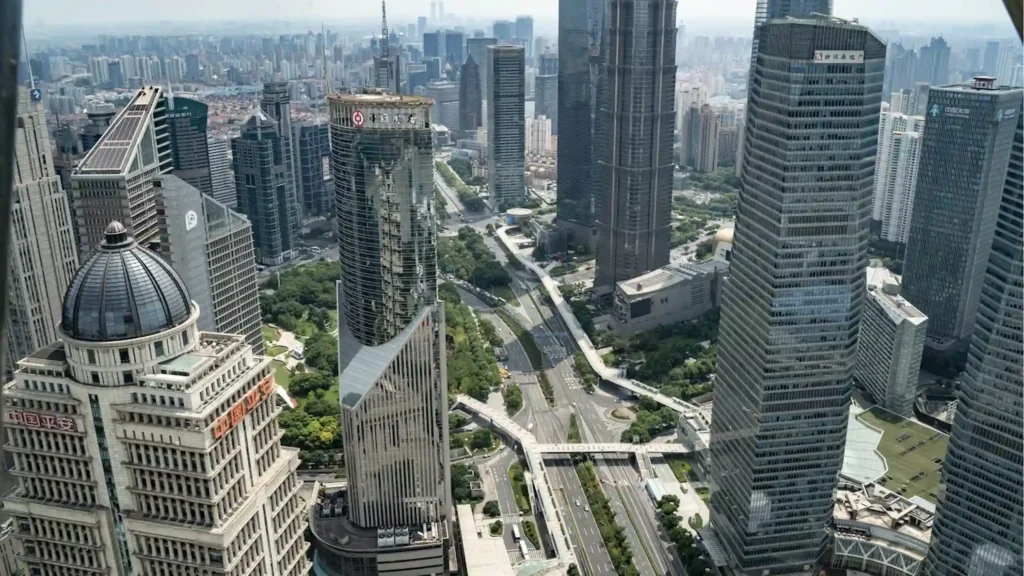
Conclusion
Livability is no longer just a nice-to-have metric—it has become a litmus test for how cities adapt, include, and endure. The world’s top-ranking livable cities share more than clean streets and stable economies; they reflect thoughtful urban design, strong public institutions, and a commitment to quality of life that extends beyond aesthetics. From Vienna to Vancouver, these cities demonstrate how policies, infrastructure, and inclusive planning can create environments where people not only live, but thrive.
But as this article explored, livability rankings also come with blind spots. Metrics often overlook affordability, equity, and the lived experiences of marginalized communities. And while North America’s absence from the top tier speaks volumes, it also offers a chance for reflection and reinvention.
The cities that lead today aren’t just managing current conditions—they’re designing for futures we haven’t yet seen. They show us that livability is not a static goal, but an evolving practice shaped by urban resilience, environmental responsibility, and social inclusion. As designers, planners, and citizens, these lessons are critical. The most livable cities in the world today are more than success stories—they’re case studies in the future of urban life.
References
- Ahmed, N. O., El-Halafawy, A. M., & Amin, A. M. (2019). A critical review of urban livability. European Journal of Sustainable Development. https://doi.org/10.14207/ejsd.2019.v8n1p165
- Galloway, L. (2025, July 14). The world’s most liveable cities for 2025. BBC Travel. https://bbc.com/travel/article/20250710-the-worlds-most-liveable-cities-for-2025
- Kashef, M. (2016). Urban livability across disciplinary boundaries. Frontiers of Architectural Research. https://doi.org/10.1016/j.foar.2016.03.003
- Khorrami, Z. et al. (2020). Indicators and methods for measuring urban liveability: A scoping review. Research Square. https://doi.org/10.21203/rs.3.rs-26287/v1
- Leal Filho, W. et al. (2022). Climate change and extremes: Implications on city livability. IJCCSM. https://doi.org/10.1108/IJCCSM-07-2021-0078
- Sheikh, W. T., & Van Ameijde, J. (2022). Promoting livability through urban planning. Cities. https://doi.org/10.1016/j.cities.2022.103972
- Surjono, S. et al. (2021). Community resilience and city livability. EREM. https://doi.org/10.5755/j01.erem.77.4.29184
- The Economist. (2025, June 16). Most liveable cities in 2025. https://economist.com/graphic-detail/2025/06/16/the-worlds-most-liveable-cities-in-2025
- UN-Habitat. (2022). Transforming cities for a liveable future. https://unhabitat.org/news/23-jun-2022/transforming-cities-for-a-liveable-future-for-all
- Zhu, K. (2025, July 6). Ranked: Most livable cities of 2025. Visual Capitalist. https://visualcapitalist.com/ranked-most-livable-cities-of-2025/

Kevina Althea Wijaya
About the author
Kevina is a graduate of Architecture from Sepuluh Nopember Institute of Technology. Her interests lie in spatial design, urban environments, and the intersection between architecture and human behavior. Through her design research and creative explorations, she investigates how built environments can foster inclusivity, well-being, and adaptive living.
Related articles


Architecture Professional Degree Delisting: Explained
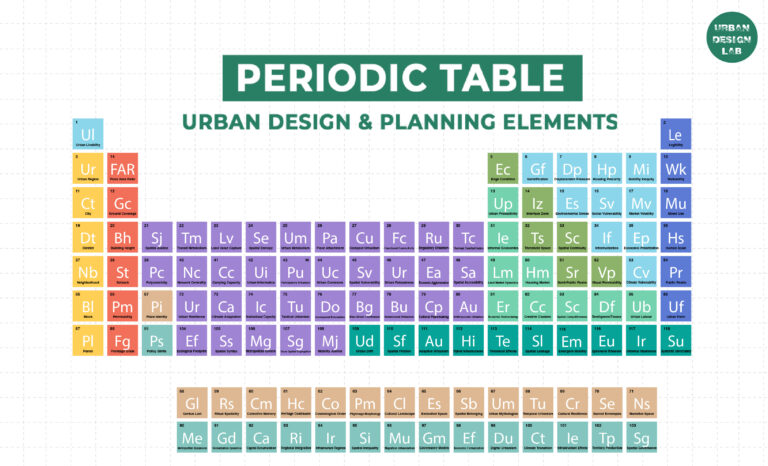
Periodic Table for Urban Design and Planning Elements
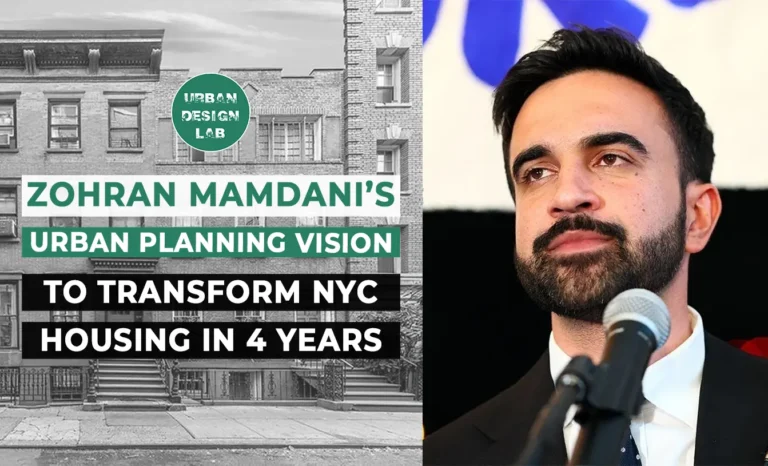
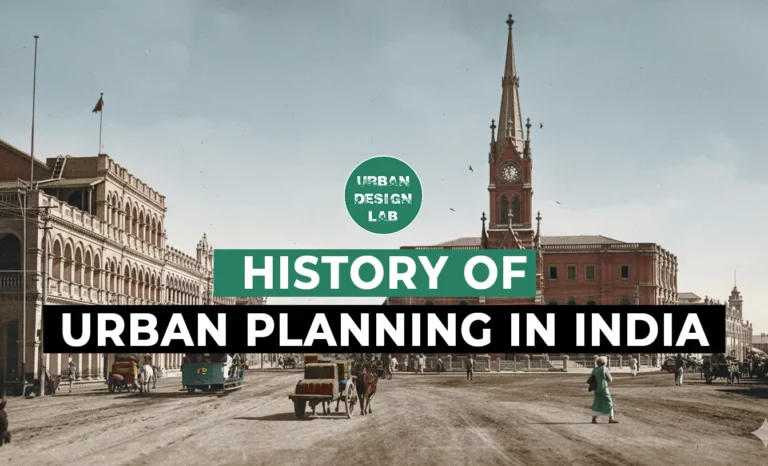
History of Urban Planning in India
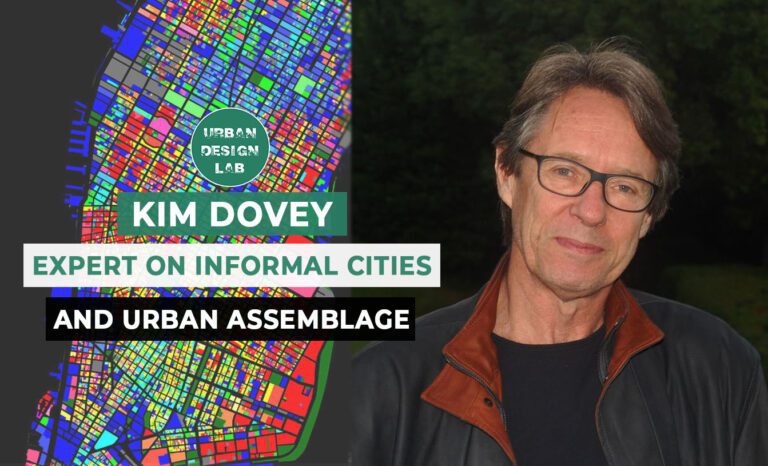
Kim Dovey: Leading Theories on Informal Cities and Urban Assemblage
UDL Illustrator
Masterclass
Visualising Urban and Architecture Diagrams
Session Dates
17th-18th January 2026

Urban Design Lab
Be the part of our Network
Stay updated on workshops, design tools, and calls for collaboration
Curating the best graduate thesis project globally!
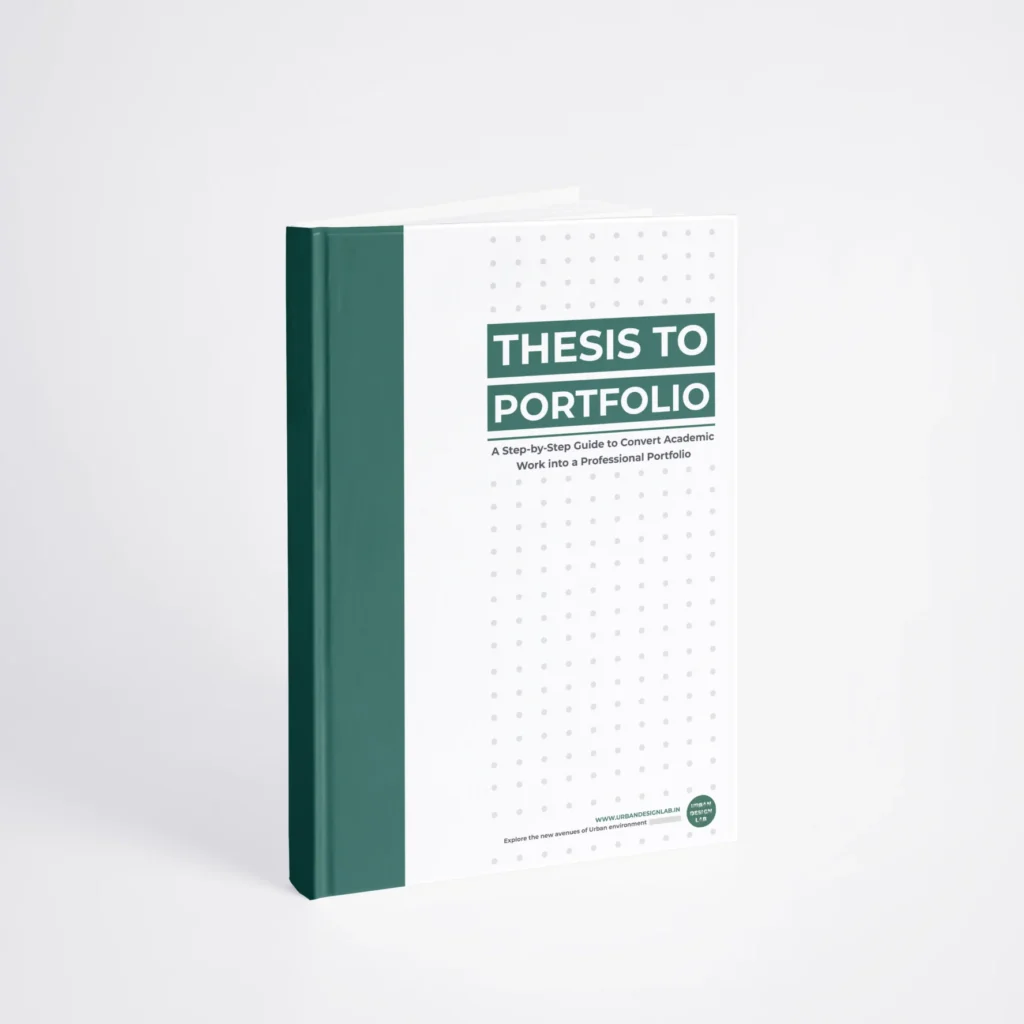
Free E-Book
From thesis to Portfolio
A Guide to Convert Academic Work into a Professional Portfolio”
Recent Posts
- Article Posted:
- Article Posted:
- Article Posted:
- Article Posted:
- Article Posted:
- Article Posted:
- Article Posted:
- Article Posted:
- Article Posted:
- Article Posted:
- Article Posted:
- Article Posted:
- Article Posted:
Sign up for our Newsletter
“Let’s explore the new avenues of Urban environment together “

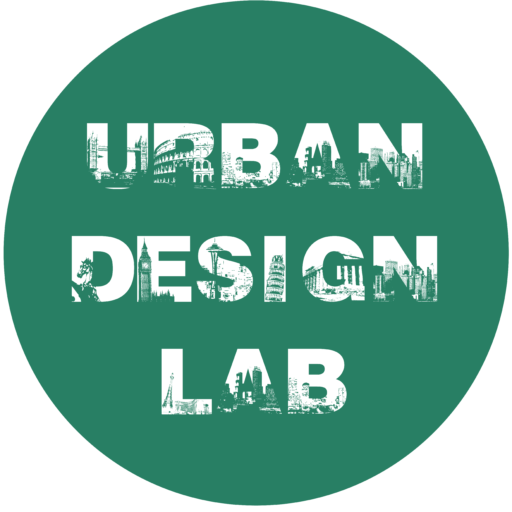
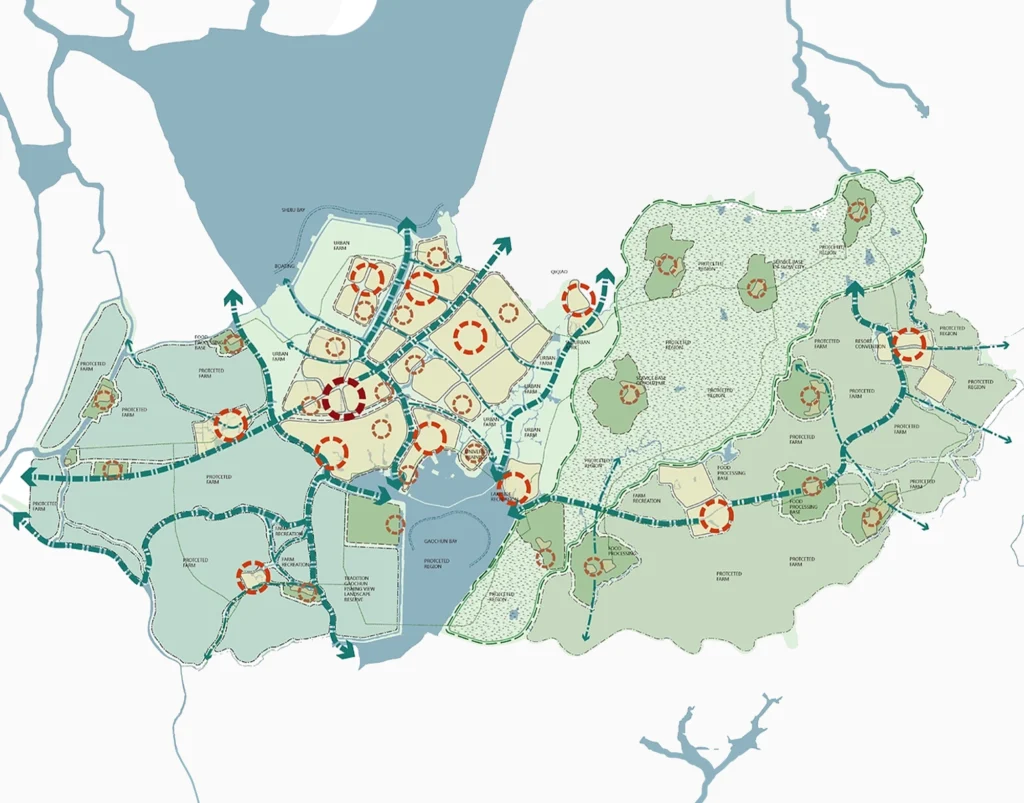
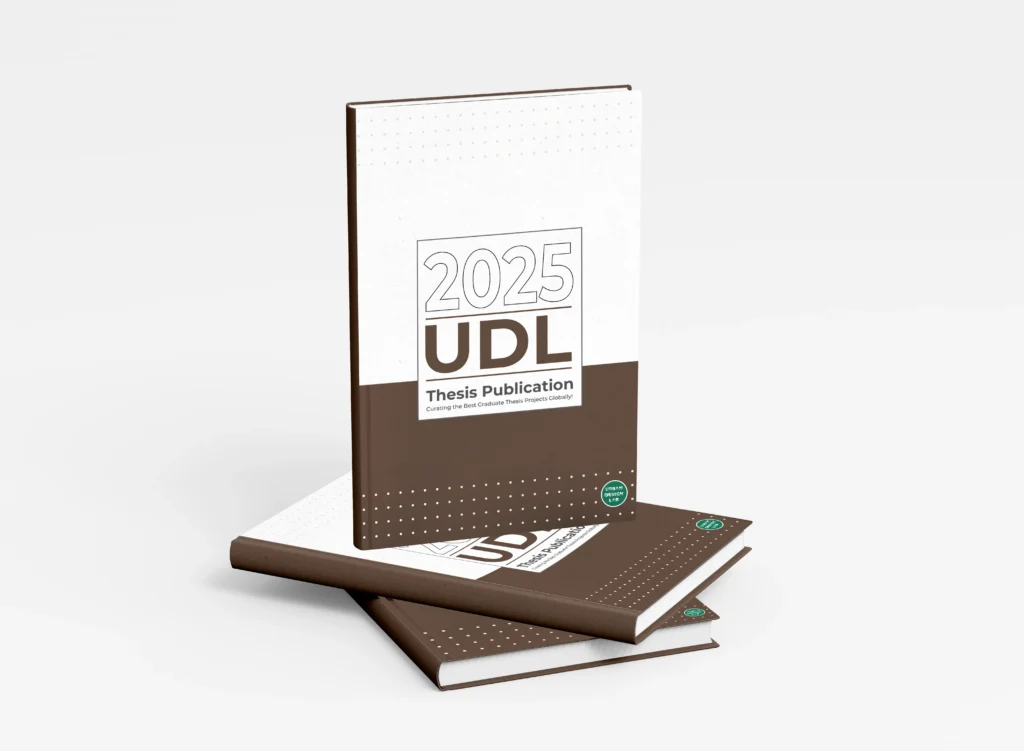


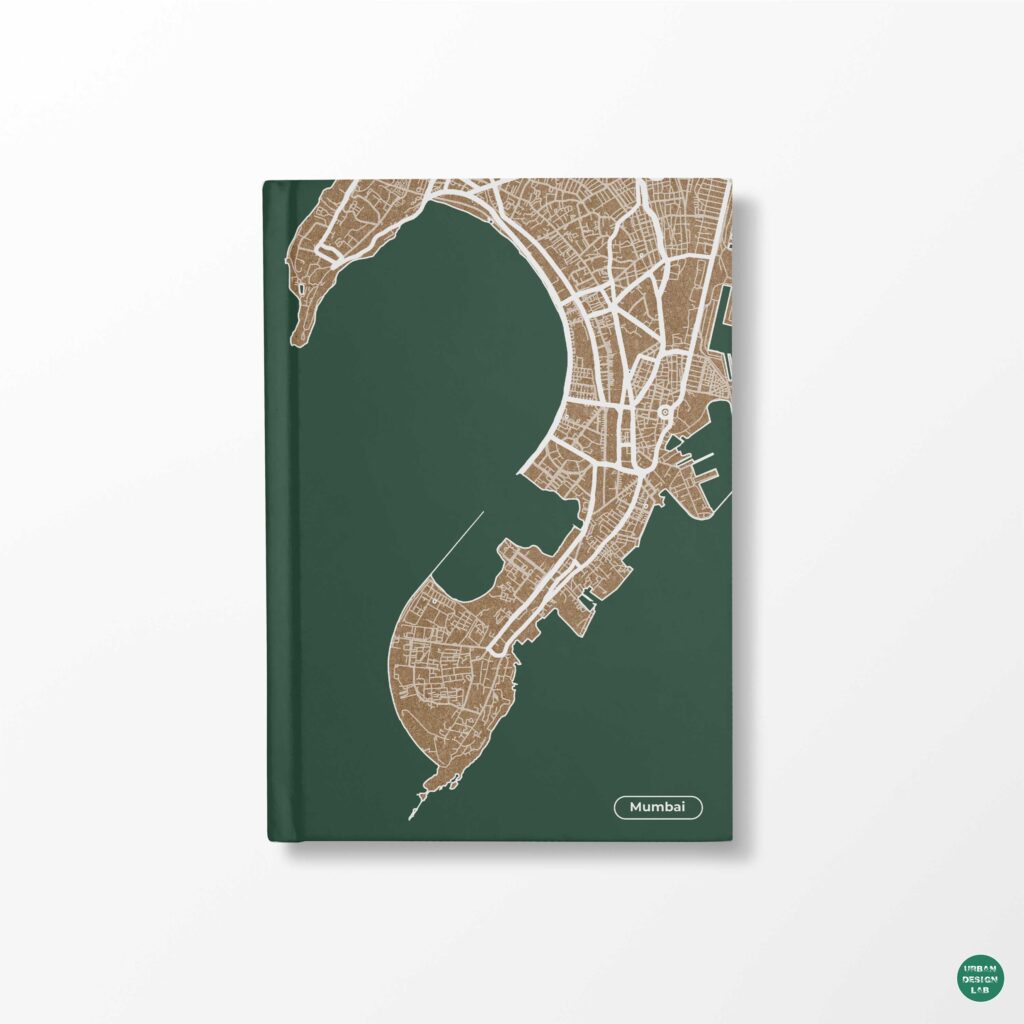
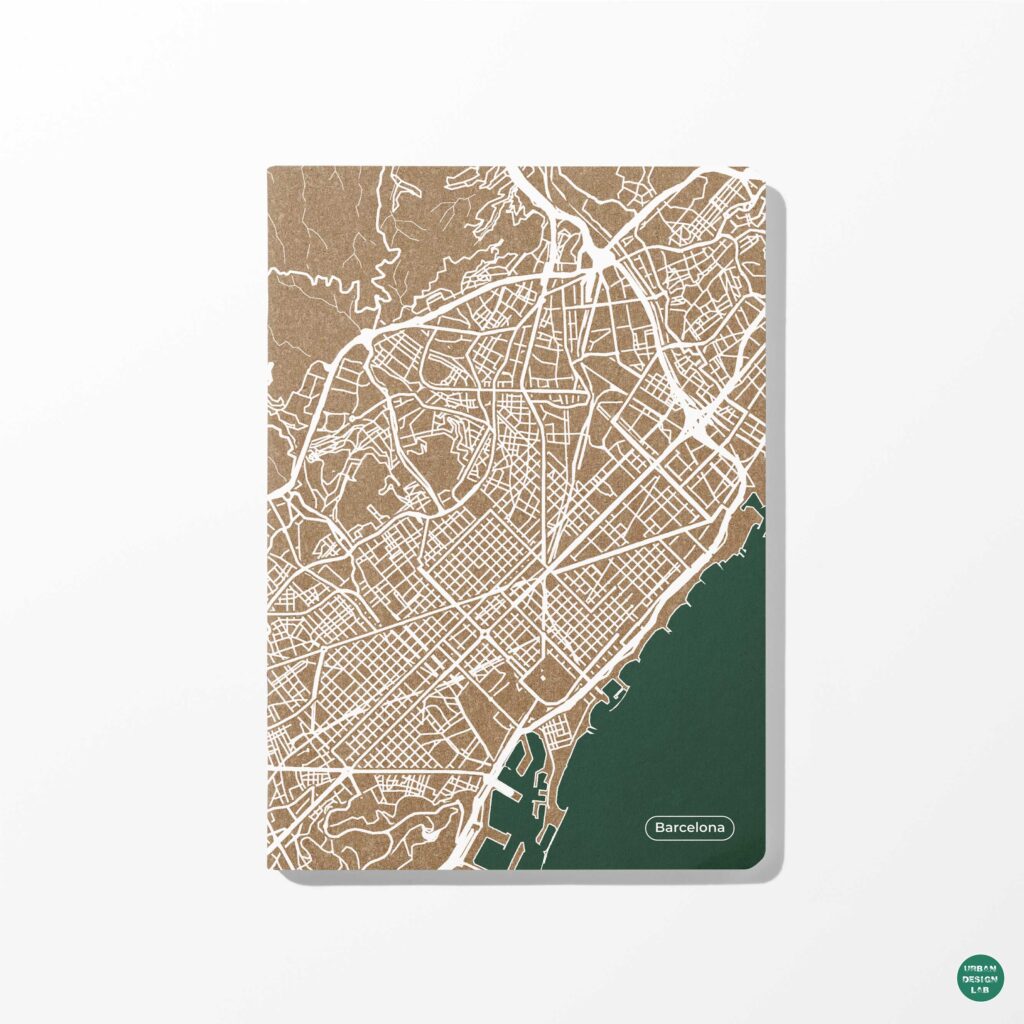
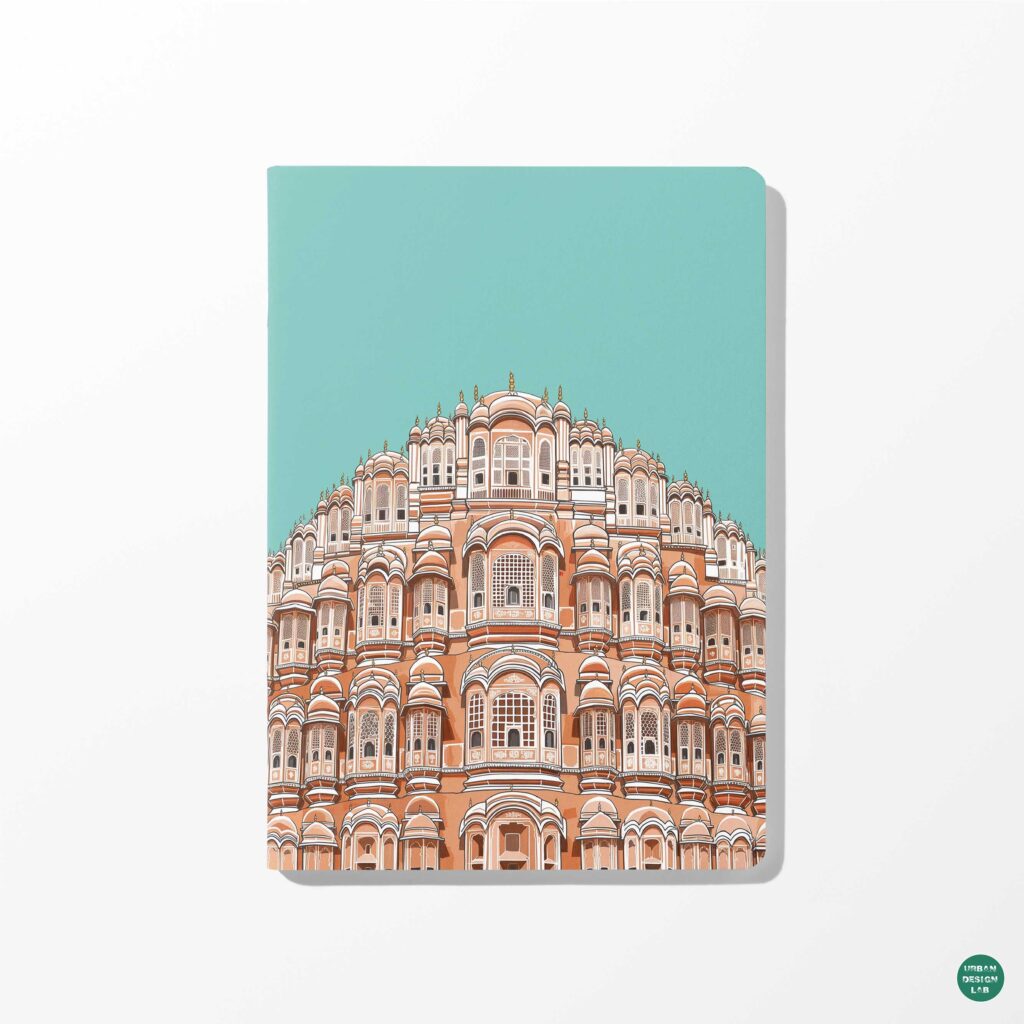
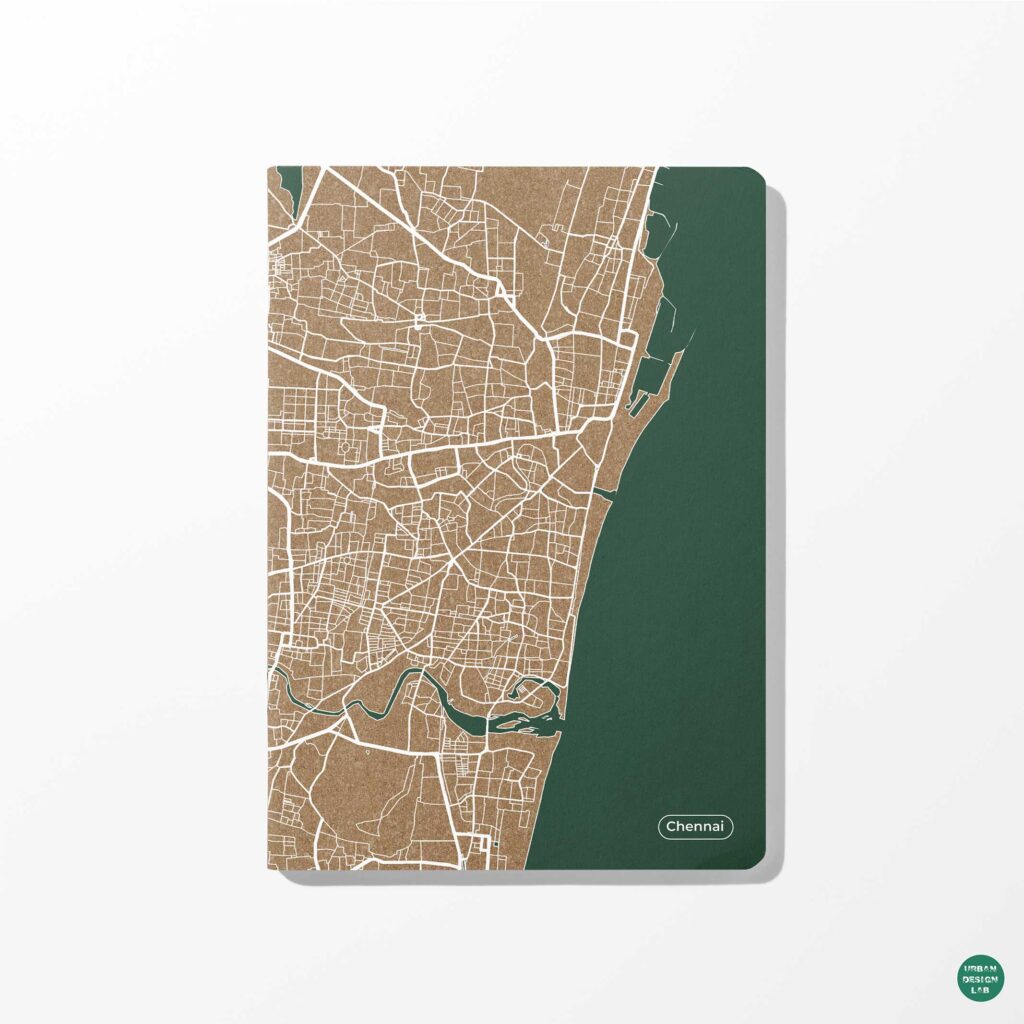

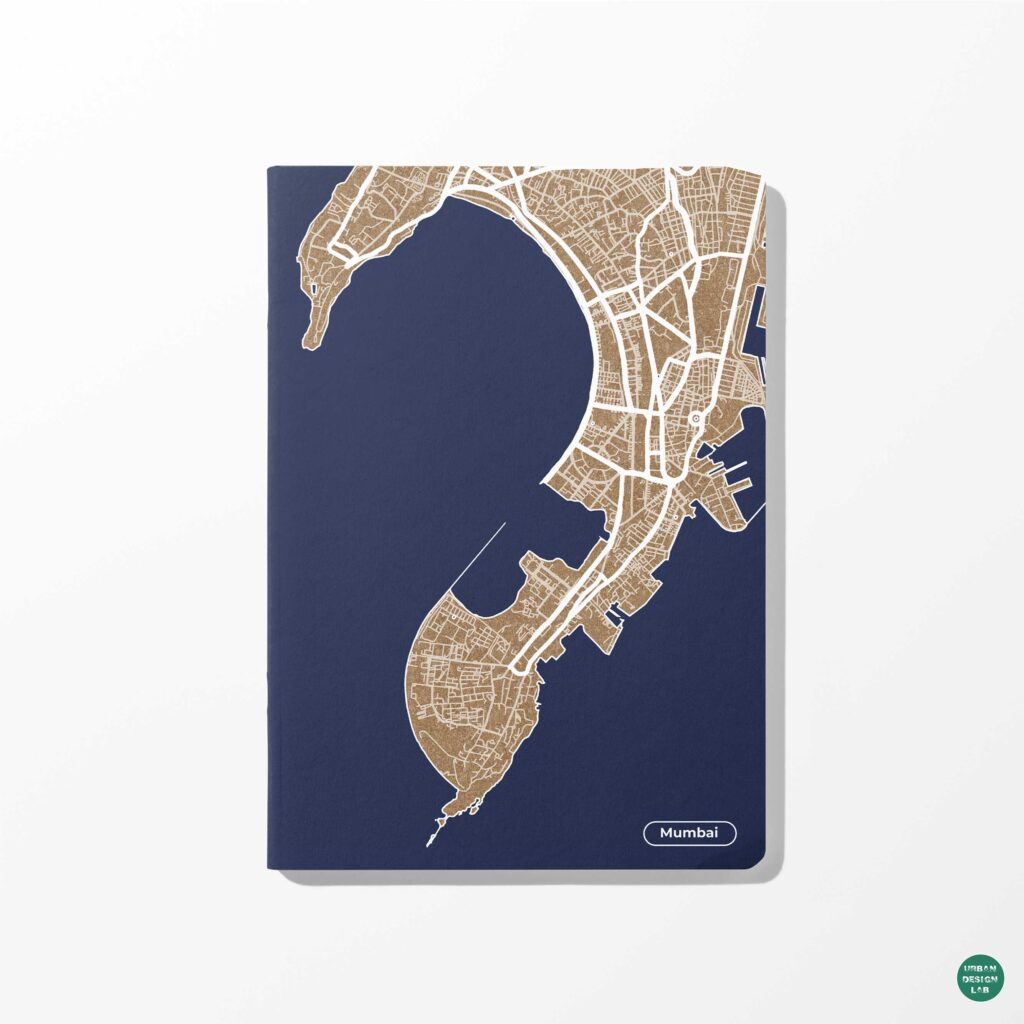


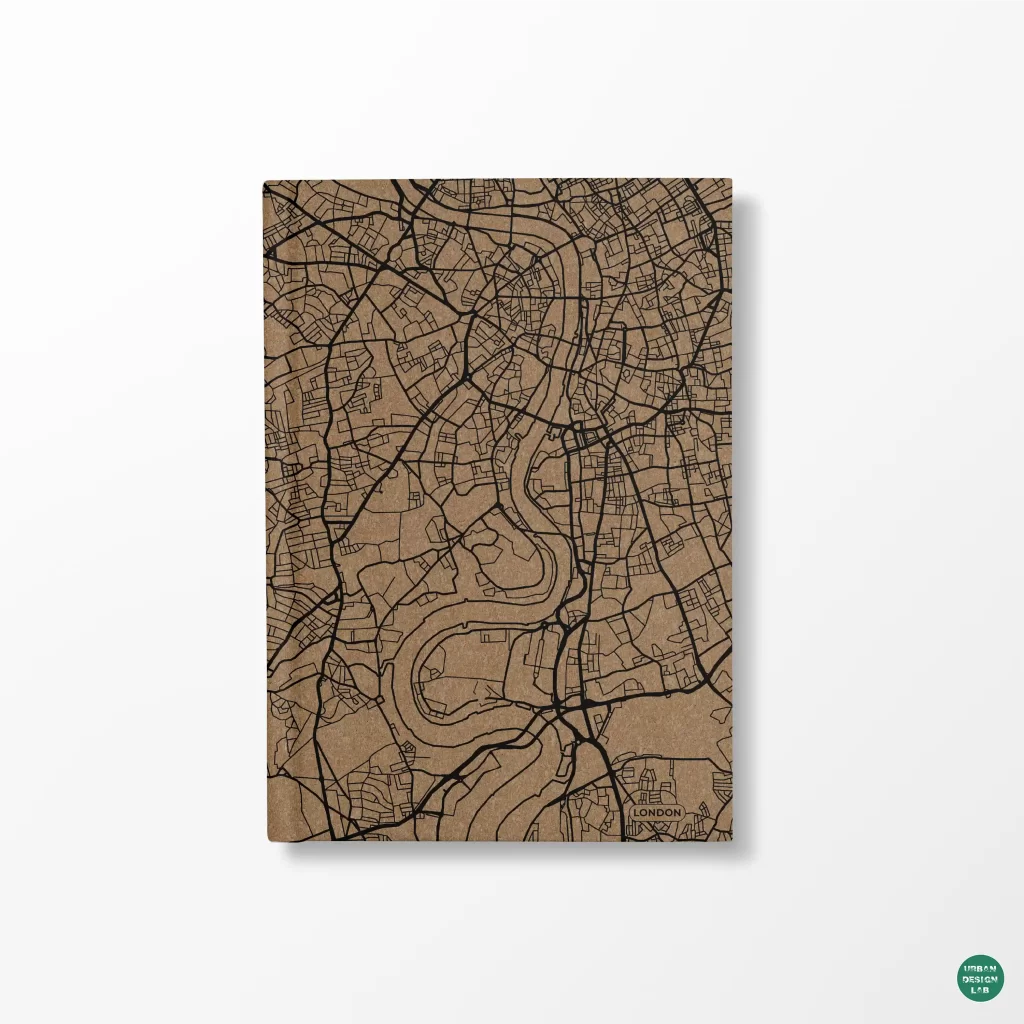
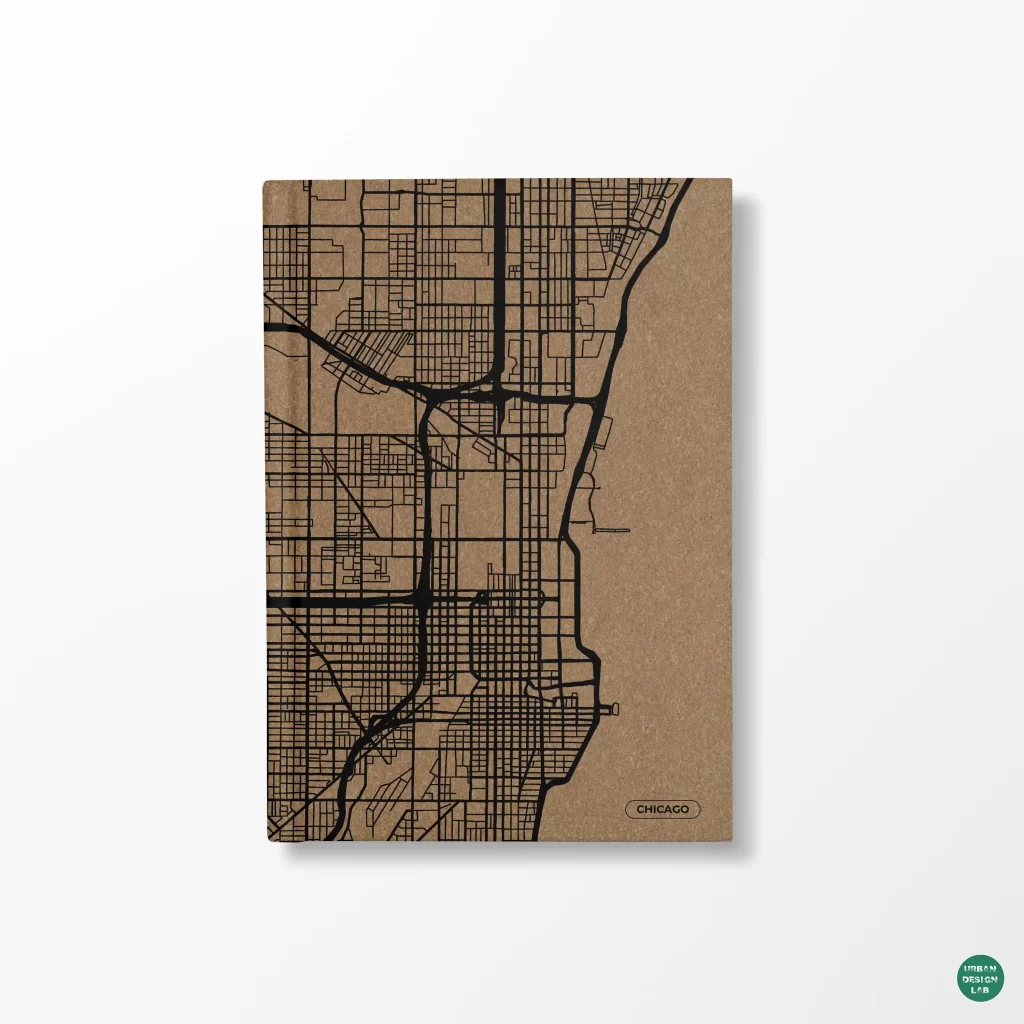
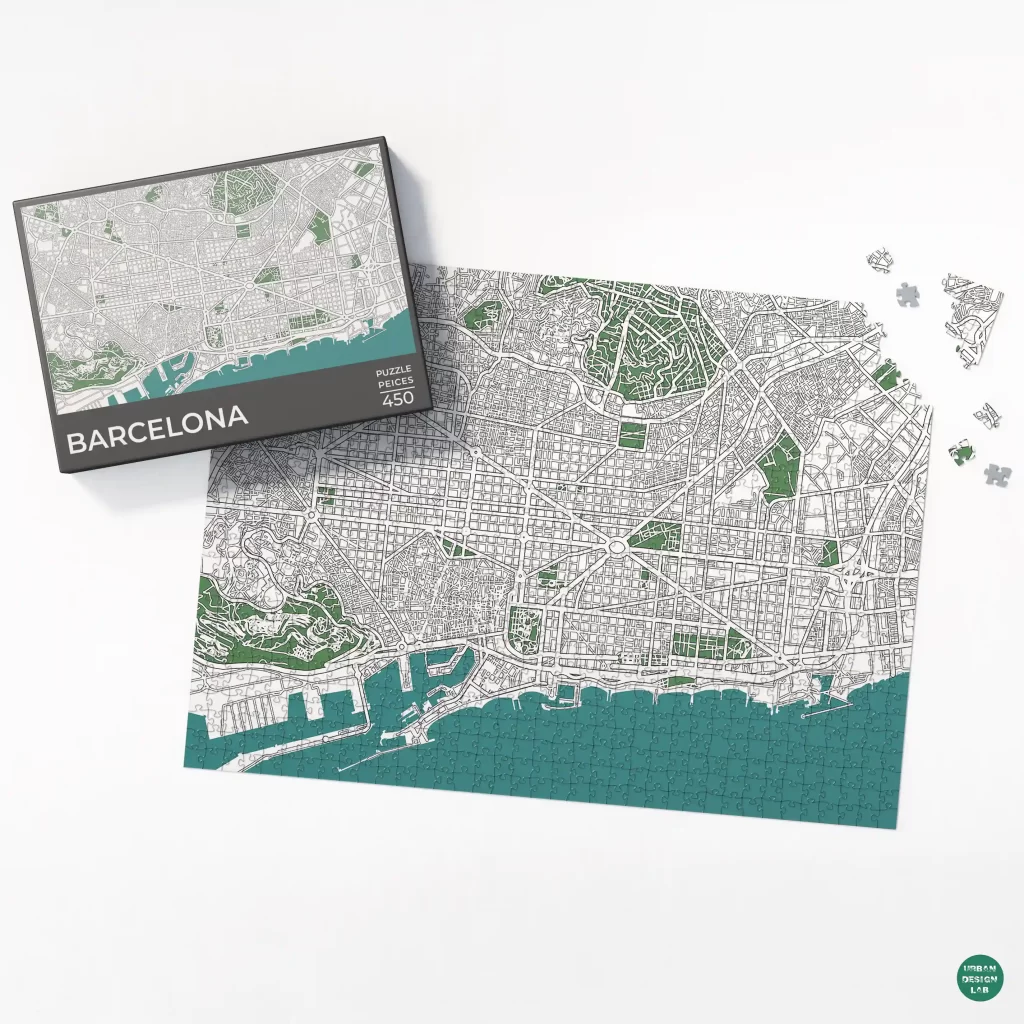
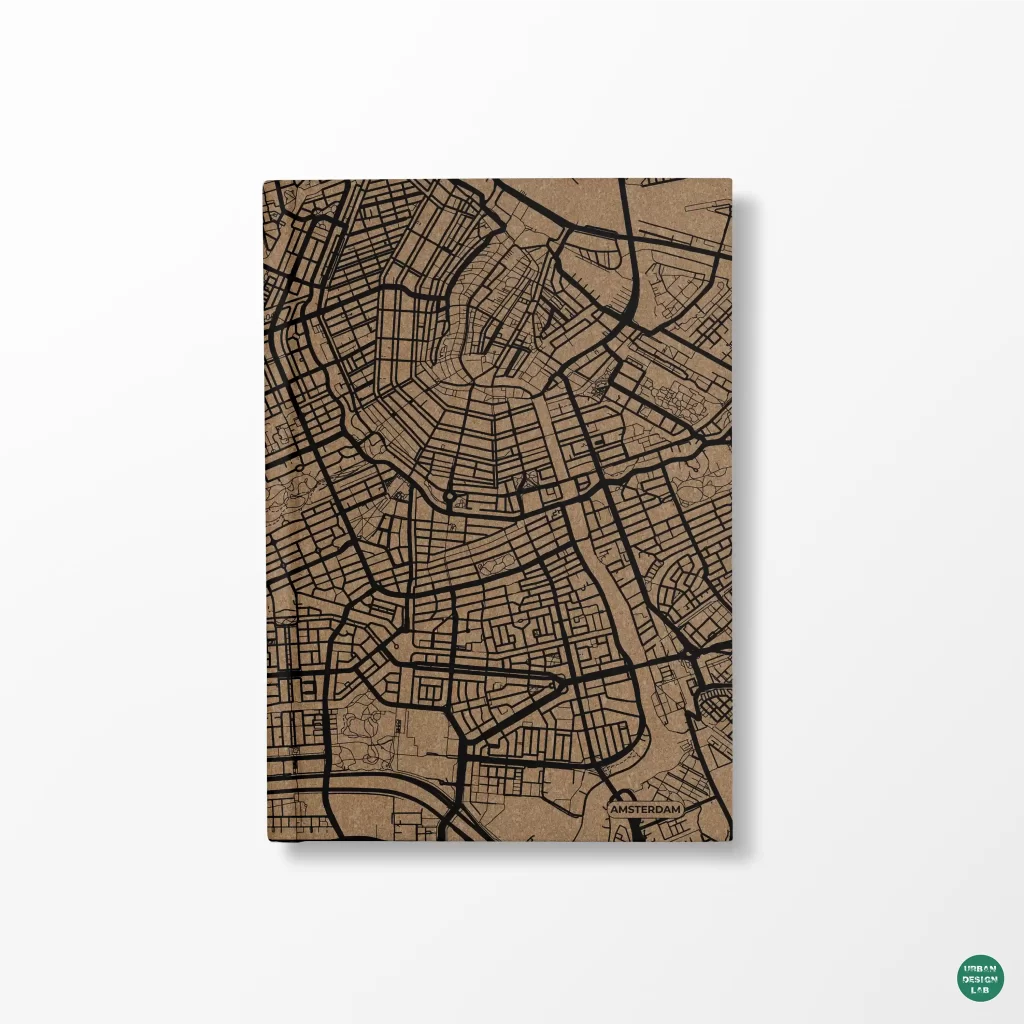
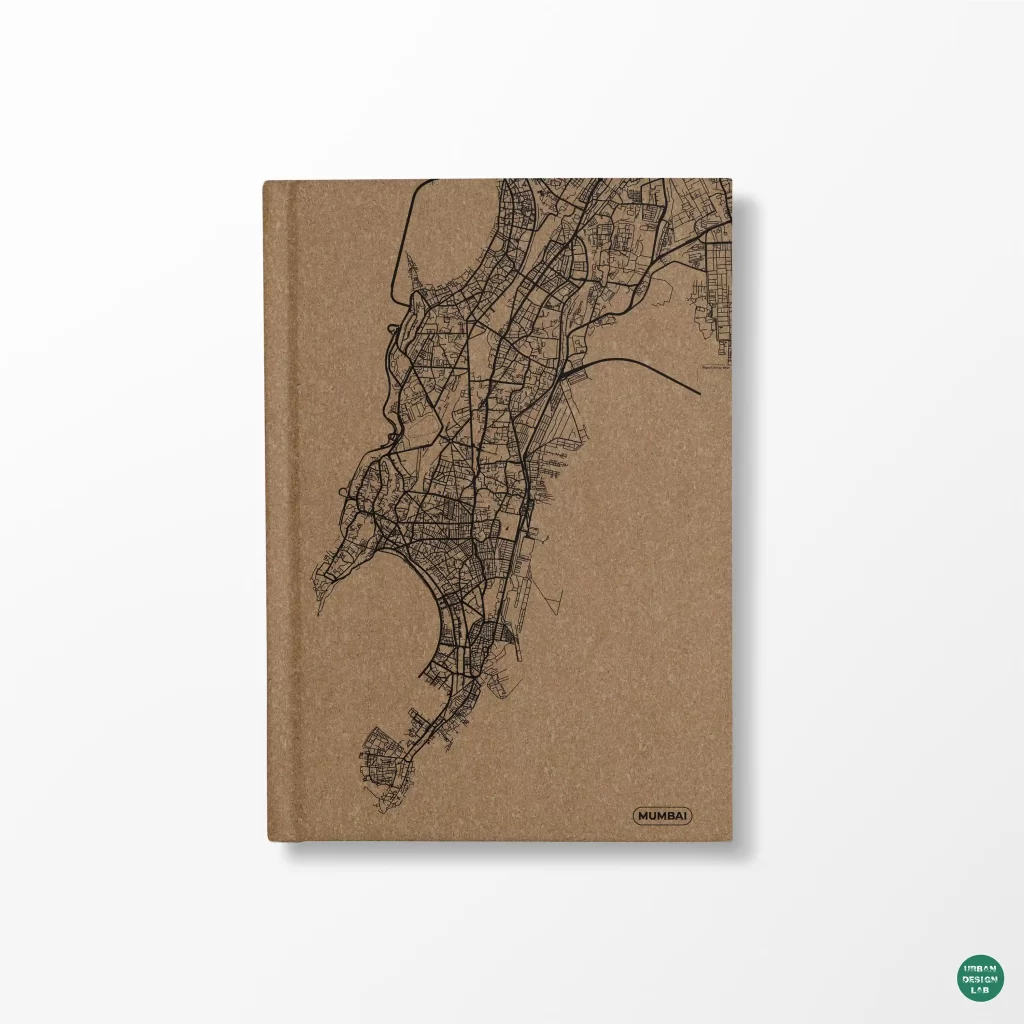

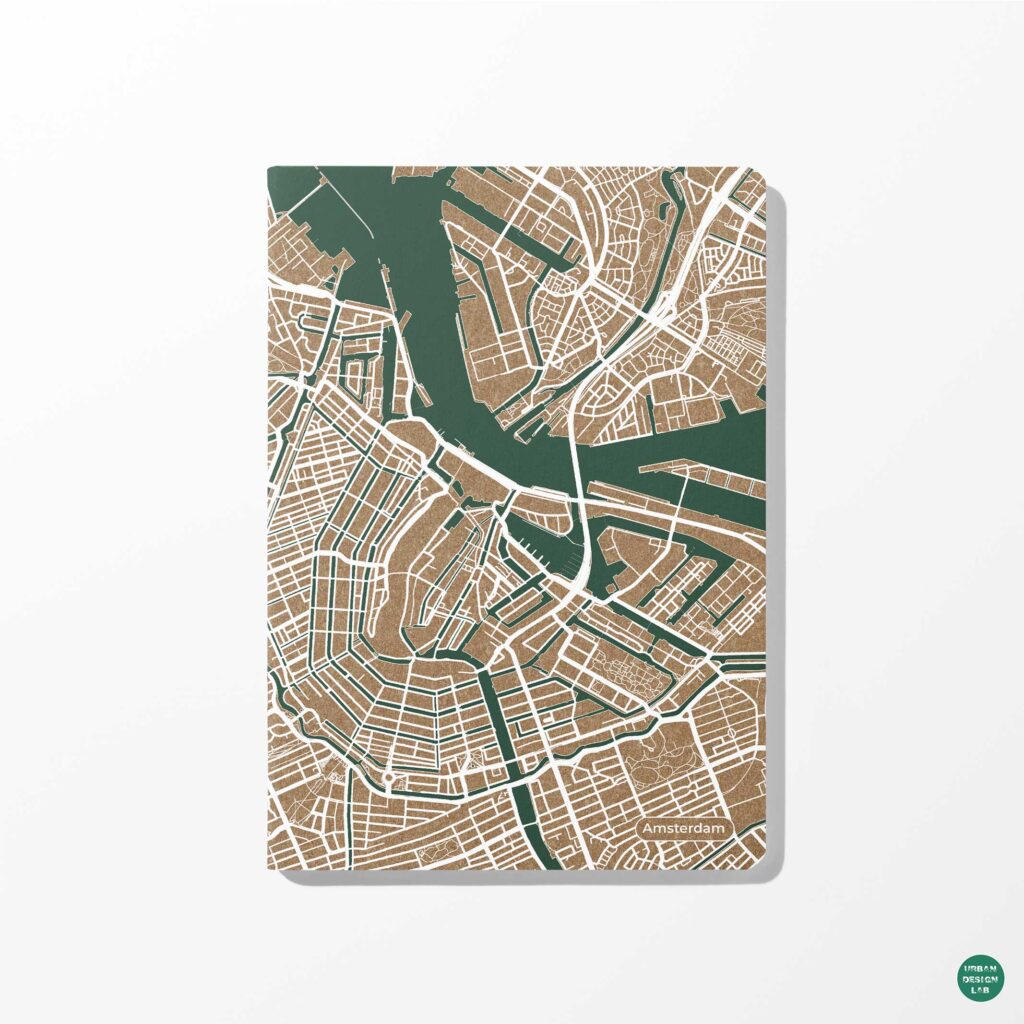

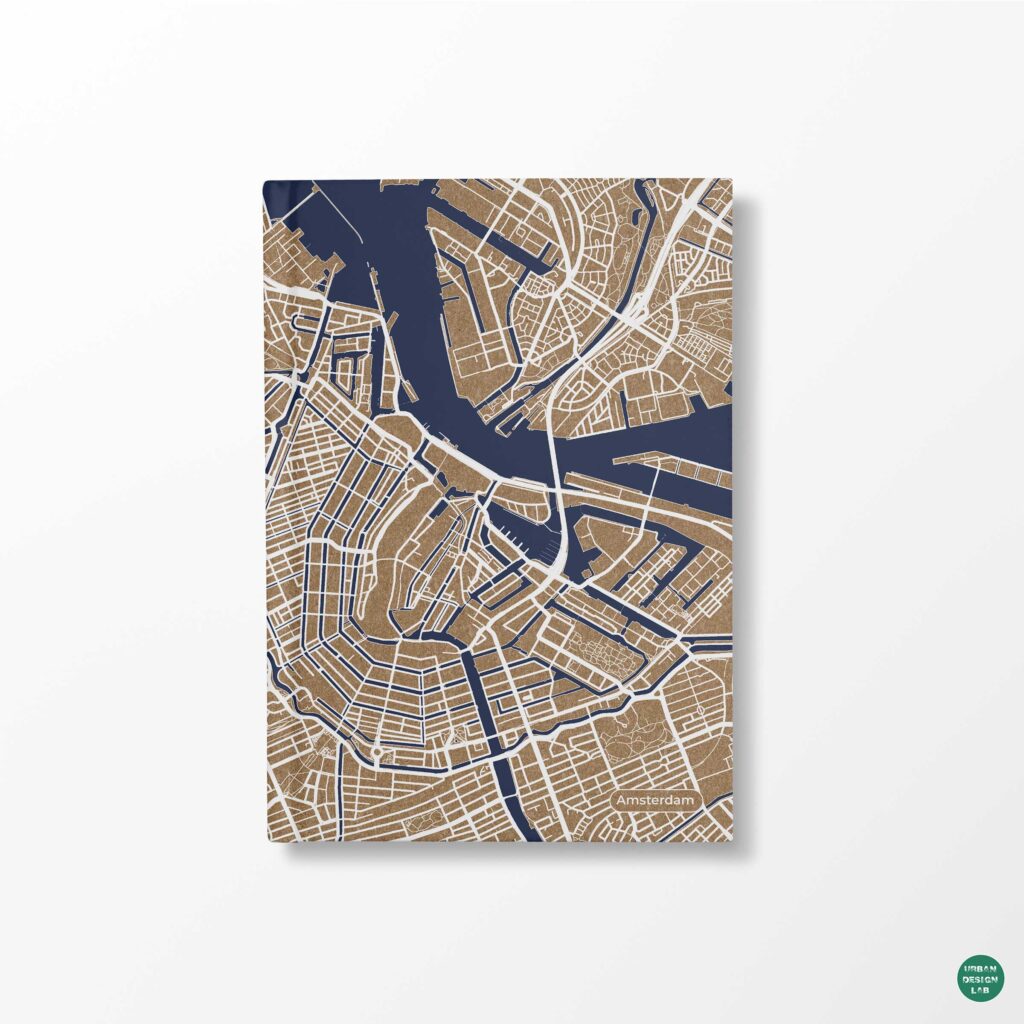
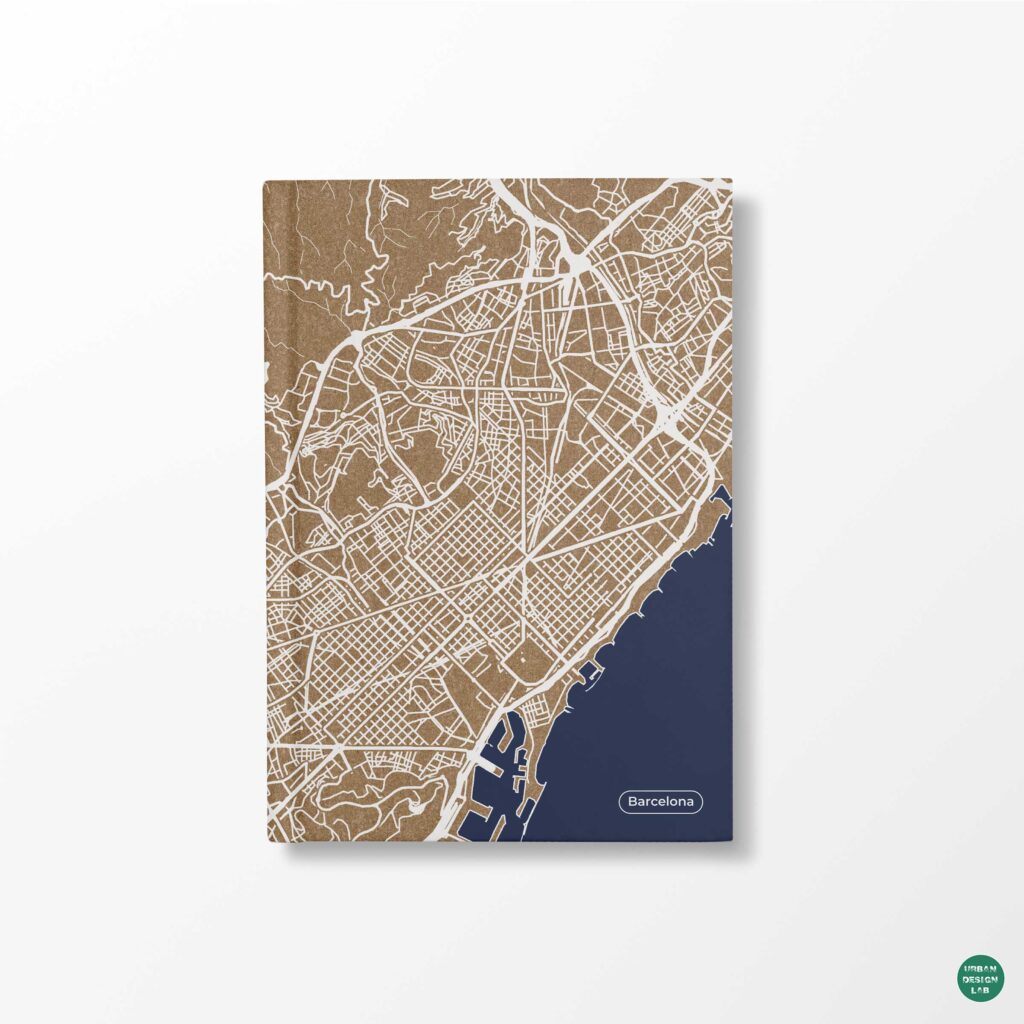



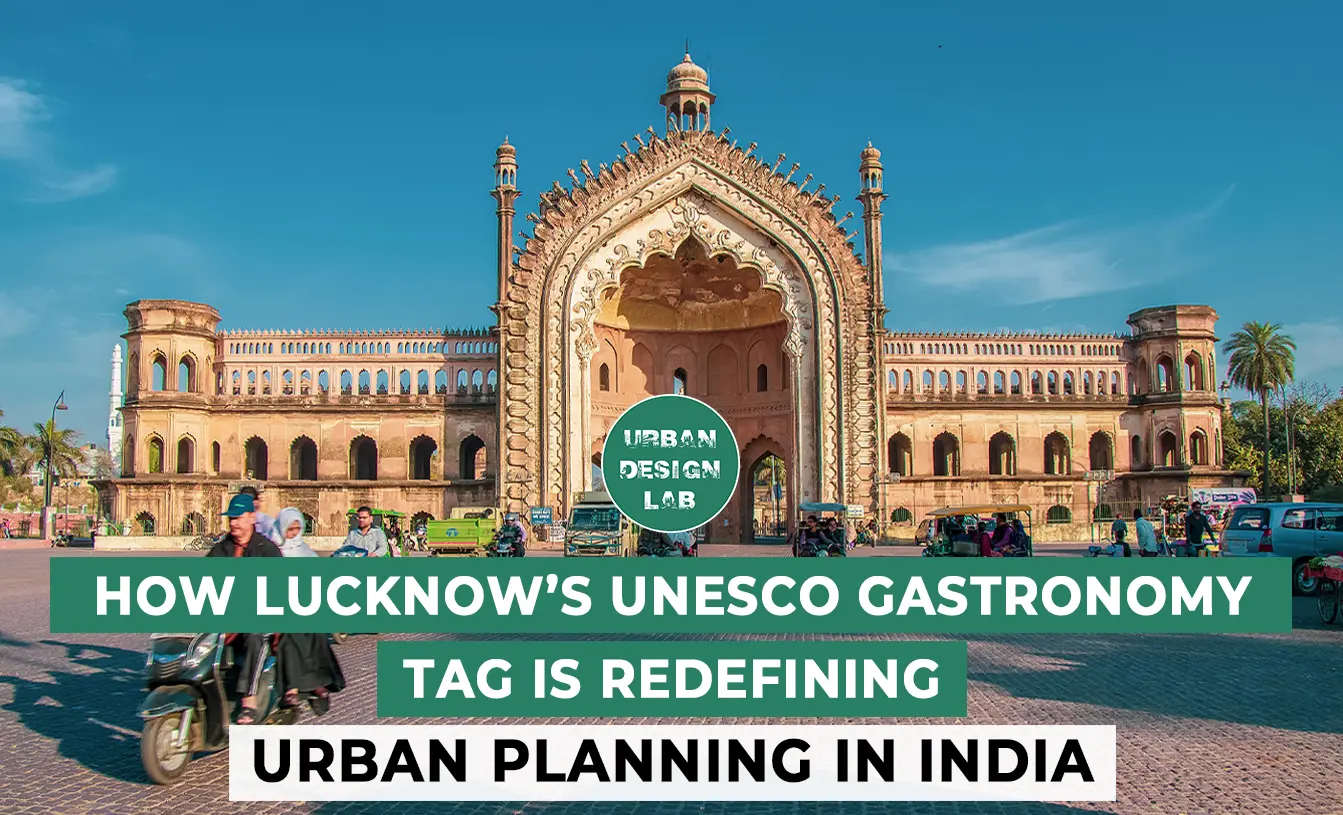

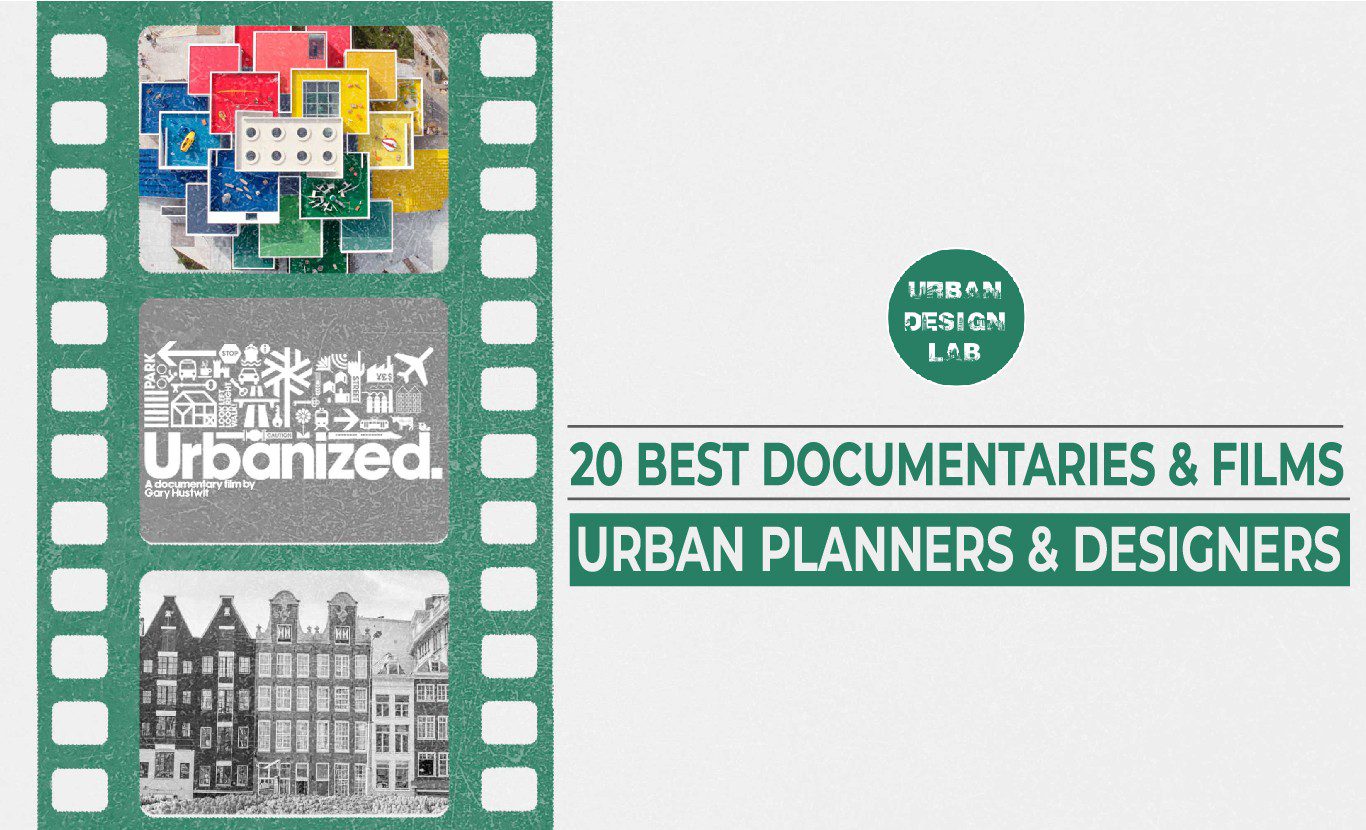

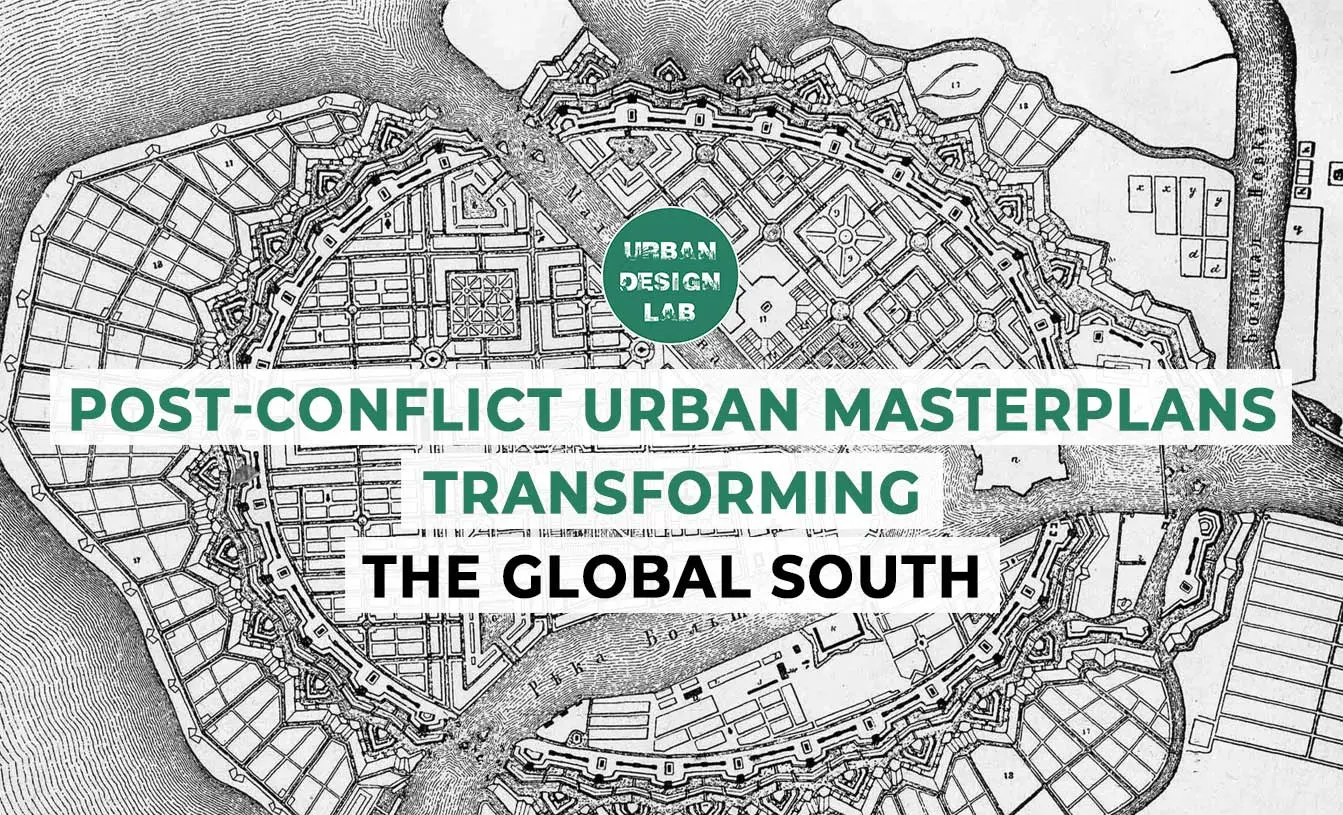
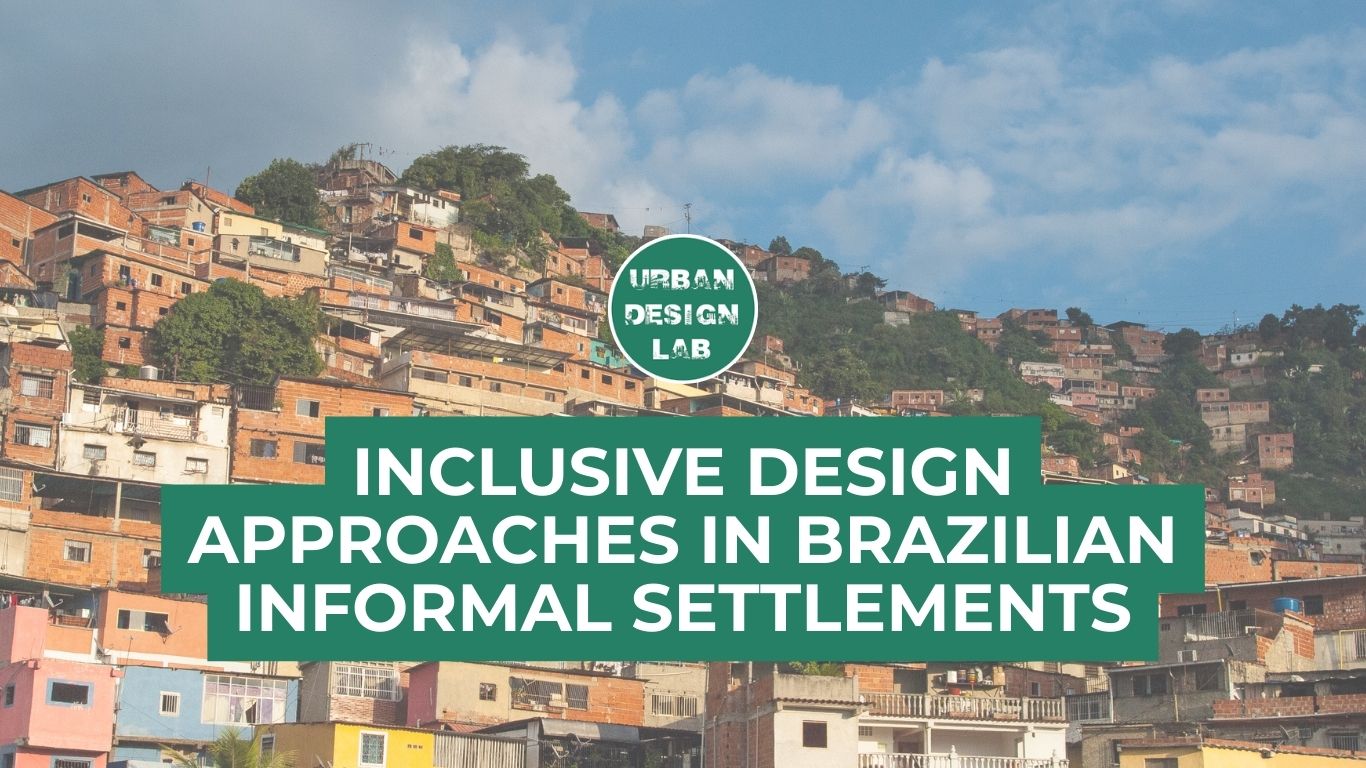
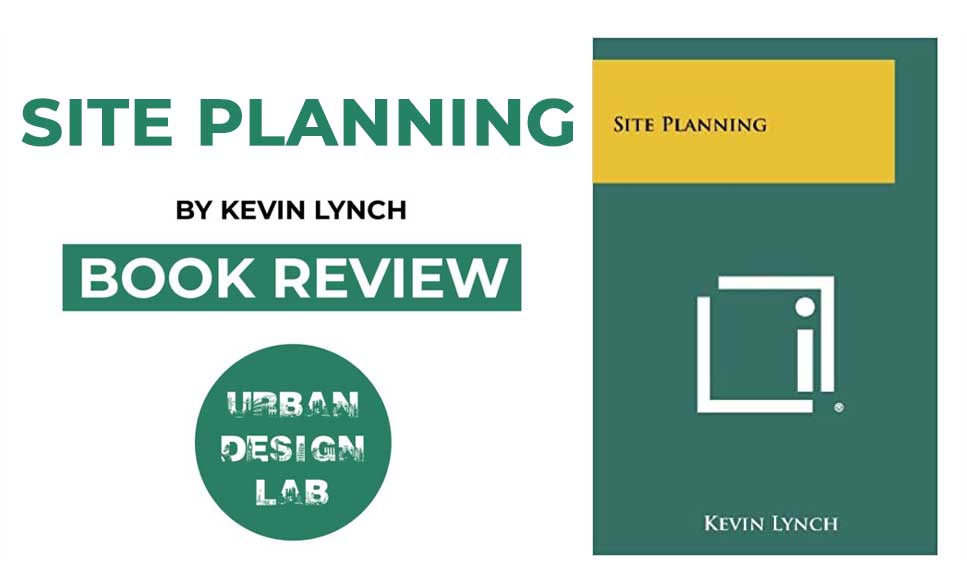
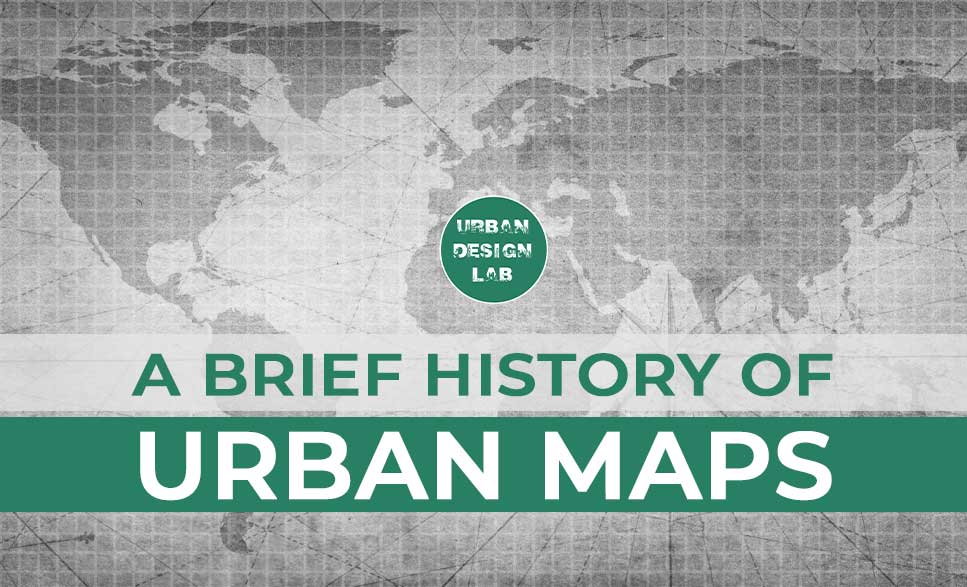

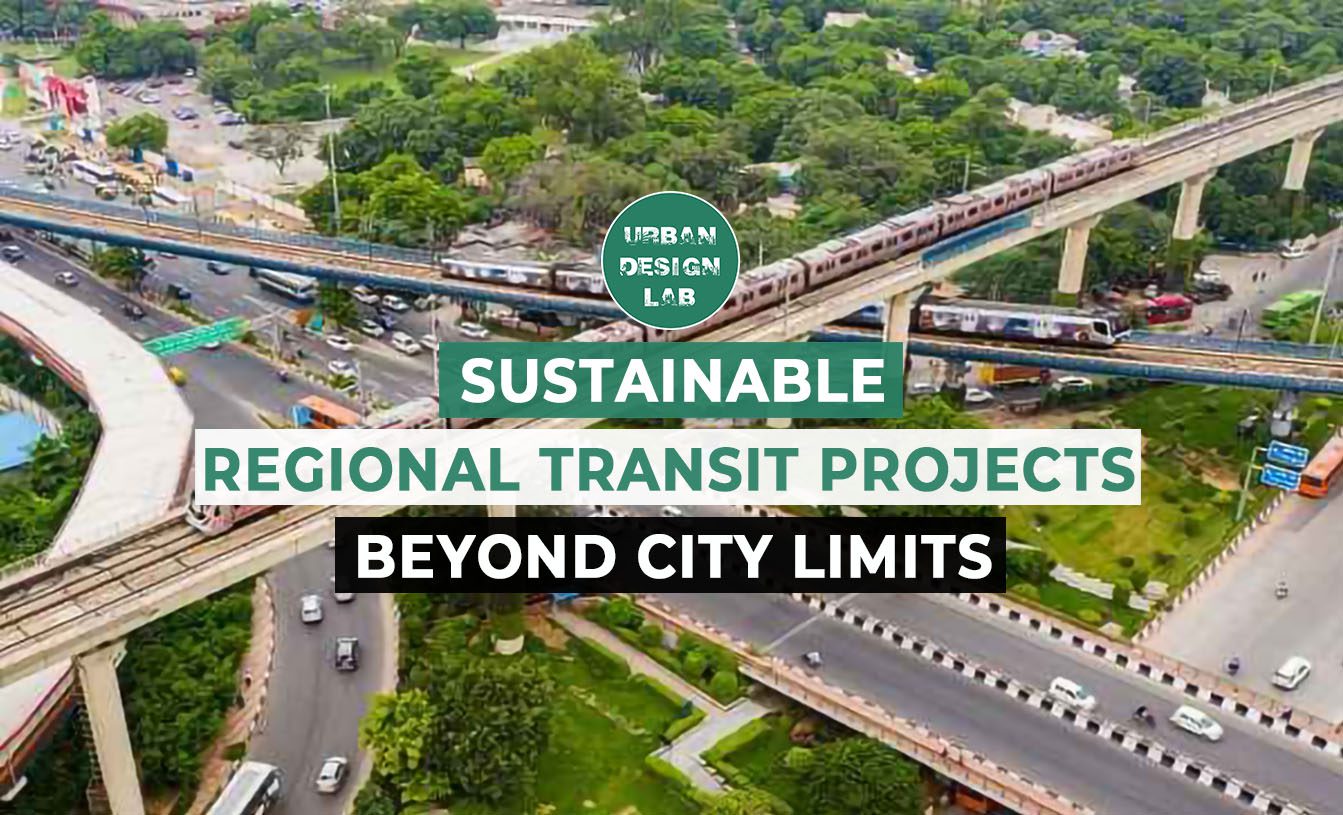


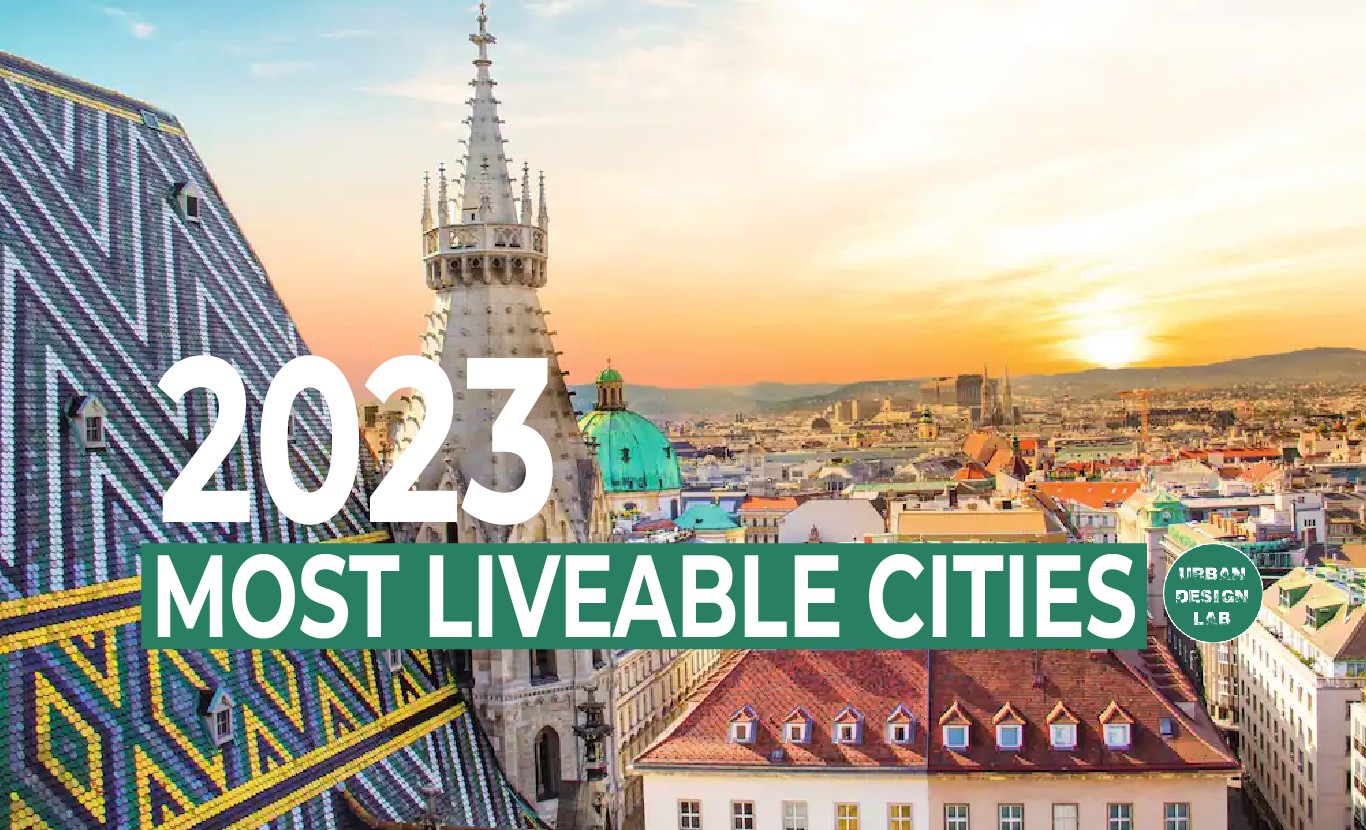




2 Comments
Well done Kevina
Wonderful research.
I would like to connect as I am also a researcher in the field especially human well-being factor in urban context.
A very rich and introspective well written article. Kudos